This is the second article in a series on Paraguay’s Chaco region with highlights from the area. The first focused on Filadelfia, its largest town. Other posts will feature the local Mennonite and indigenous communities. Enjoy photos and stories from one of Paraguay’s most intriguing places.
If you are looking for a trip off the beaten path, try visiting the Chaco region of Paraguay. It’s quite the trip (figuratively and literally). My family and I headed to the “Wild West” of South America, in August 2008. It’s a fun destination for those who enjoy rural tourism and exploring scenic beauty. The Chaco has many hidden gems to discover — wildlife, livestock, farmland, salt lagoons, historic battlefields, dry terrain, and the local culture.
We spent a day driving in the back country on dirt and gravel roads. We passed palm trees and lapachos (jacaranda trees) with flowers that seemed to glow in the sunlight. The flowers of different lapachos bloom at different times of the year in bright yellow, orange, or lavender. We saw Mennonite ranches (estancias) with grazing cattle and crop fields. We drove through swaths of barren land with dead trees, disheveled earth, and patches of salt residue left behind by flash floods. The water table under the Chaco is salty and non-potable, so local residents must collect and preserve as much water as they can during the rainy season (November-February) in order to weather the brutal dry season (May-August). Hollow dirt mounds serve as water reservoirs for the estancias.
We headed from Filadelfia to Isla Po’i, where we toured an experimental agriculture farm run by the Mennonites. We saw fields of cotton and mustard, two crops the Mennonites planned to introduce as cash crops.
At Isla Po’I, we toured the ruins of a former Paraguayan military staging area used during the Chaco War (1932-35). The national monument is one of several dedicated to Paraguay’s victory over the Bolivians. The statue is of Mariscal José Félix Estigarribia, Paraguay’s military commander during the war and one of the country’s most celebrated heroes. The bomb shell and tank tracks were left behind by the Bolivians.
We continued on to the Yakaré Sur saltwater lagoon, a sanctuary for flamingos and other birds in the heart of the semi-arid Chaco. It’s a great place for bird watching. The view from the observation tower is gorgeous – one of the few places where you can survey the Chaco for miles in all directions.
We drove not far from Yakaré Sur to a Mennonite estancia. The scene looked idyllic with grazing cows, green pastures, windmills, and landscapes dotted with palm trees and jacarandas.
It’s easy to get lost in the back roads even with GPS, the road conditions are unpredictable, and the best places to can be hard to find. As a result, it’s advisable to hire a local guide for a half day (U.S.$90 in 2008) or full day ($150 in 2008) trip who can show you what the Chaco has to offer. Most roads are unpaved and chock full of potholes. Consider using the guide’s vehicle (an additional $150) to spare your own from wear and tear. If you drive in the Chaco, bring plenty of food and water, and be prepared for roadside emergencies. Your guide can help you navigate the myriad roads that crisscross the area.
Most of all, don’t forget to bring the tereré, a beverage made with yerba mate leaves. It’s the drink of choice in Paraguay, and you will make new friends and feel more at home in Paraguay. Enjoy a cup with your guide.
After driving more than 100 miles (160 kilometers), we opted not to visit two other attractions, Fortin Boquerón, a historic site from the Chaco War, and Fortin Toledo, home of the Tagua Reserve, a reserve for the endangered tagua boar (peccary). It’s impossible to see all the major points of interest in the Chaco in one day.
Our adventure continued when we returned to Asunción via the Trans-Chaco Highway. During the five-hour drive, we saw herds of cattle grazing amid fields of grass peppered with palm trees; fields charred by wildfires; igloo-size brick ovens; and cowboys (gauchos) herding cattle. We enjoyed taking in the wide open spaces and flatlands of western Paraguay.
If you have the opportunity to visit Paraguay and the time for a few out-of-the-way excursions, head to the Chaco. Plan to take at least four days to see sites such as Filadelfia that are easily accessible from the Trans-Chaco Highway. For more remote locations such as Cerro León (Lion Hill) in Parque Nacional del Defensores del Chaco (National Park of the Defenders of the Chaco), set aside at least a week, hire a guide, and expect to rough it.
More about the Chaco
- Filadelfia, the capital of Boquerón Province and the largest town in the Chaco
This is an update with photos of an article I posted in September 2008. Click here to read the original post.

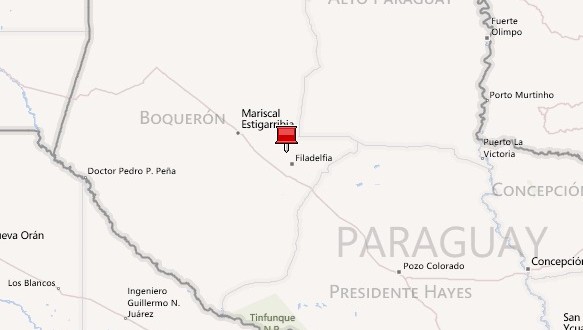
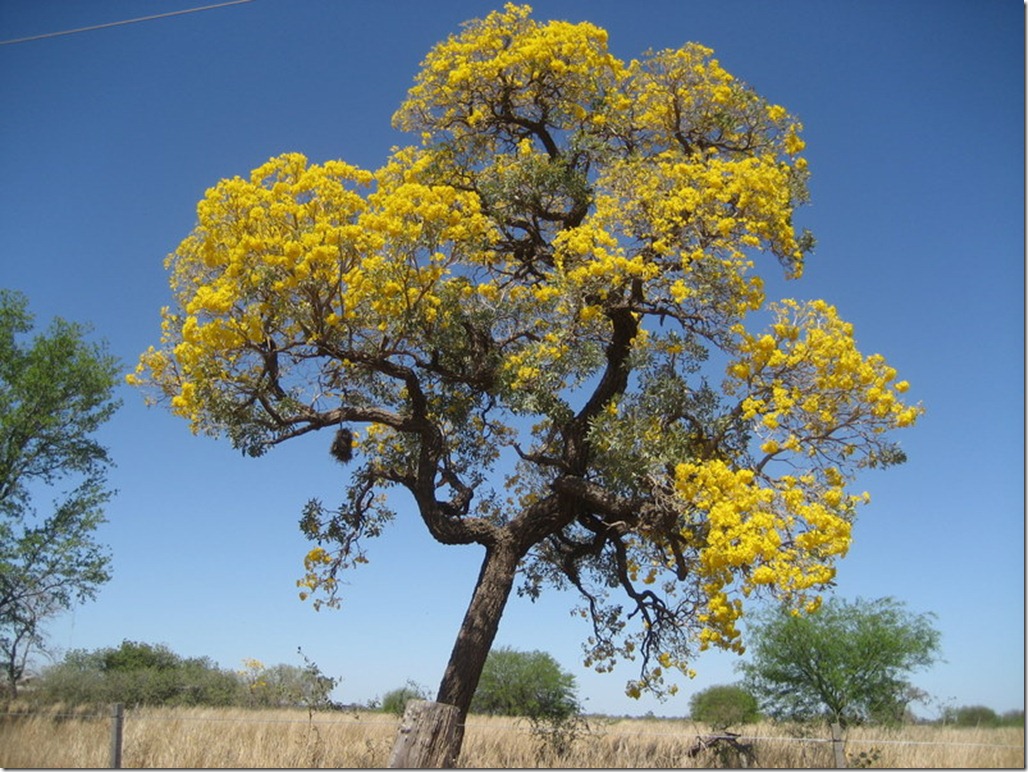
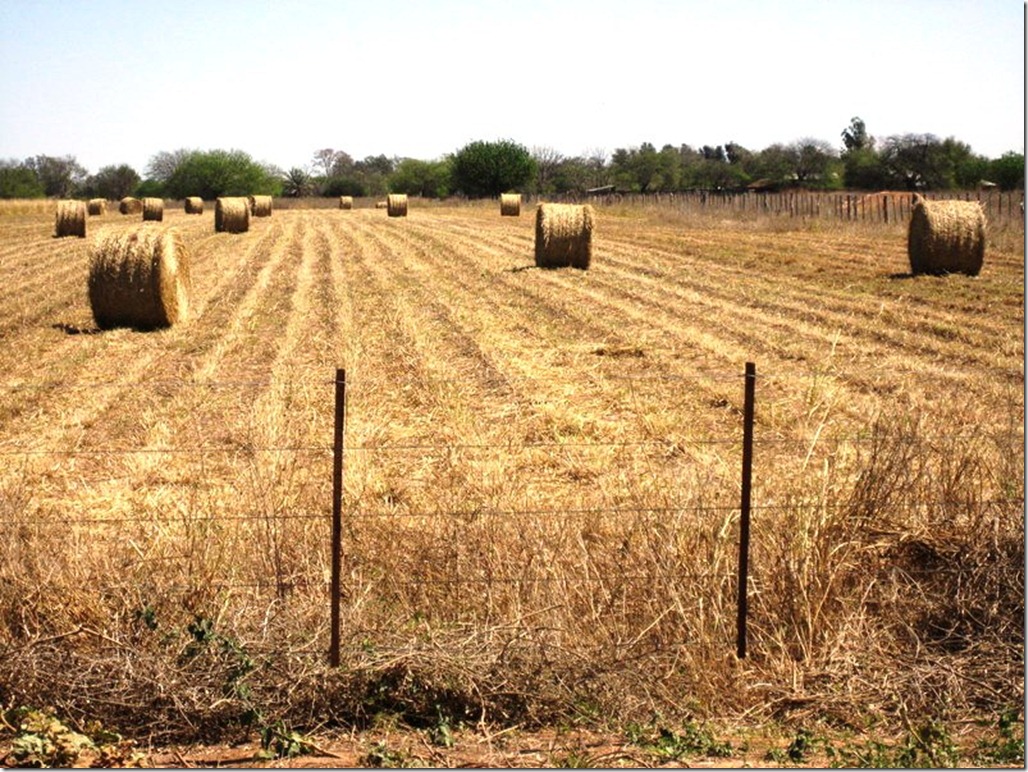
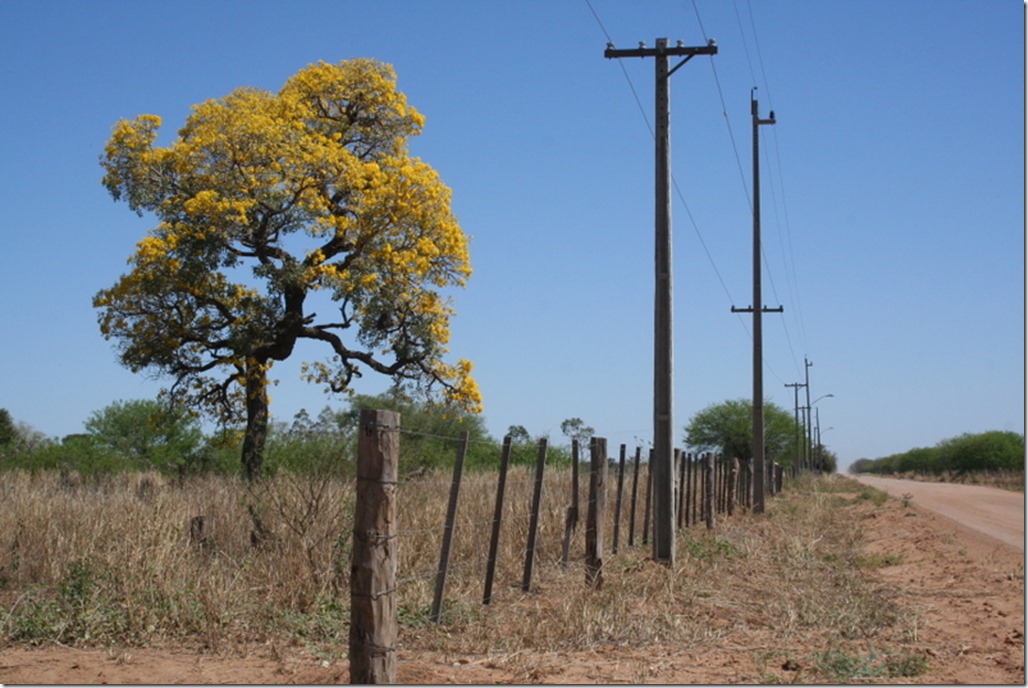
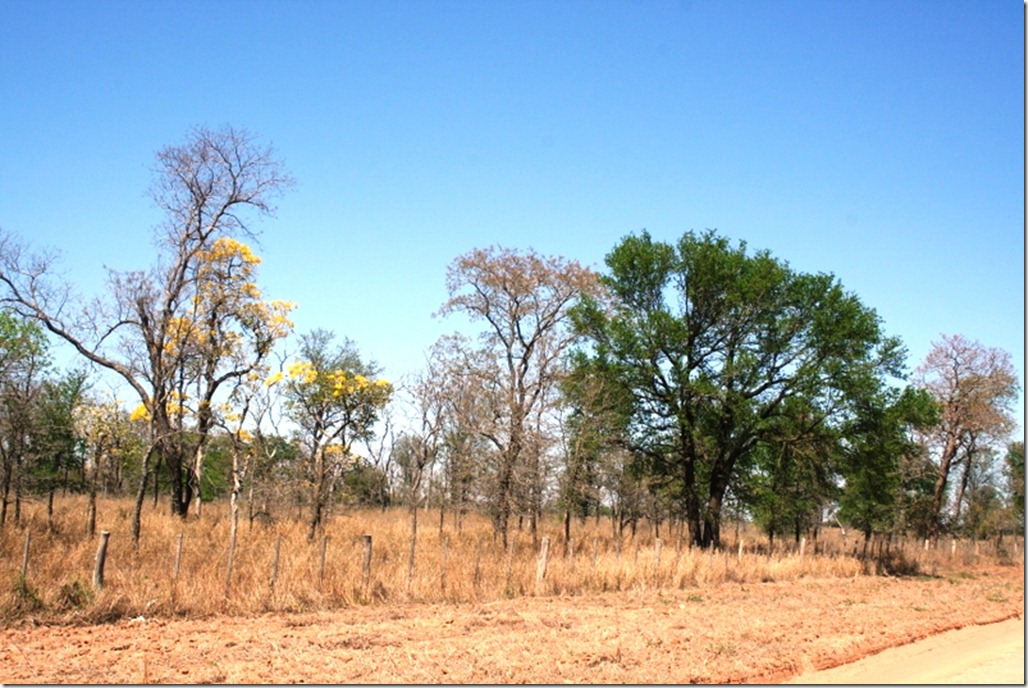
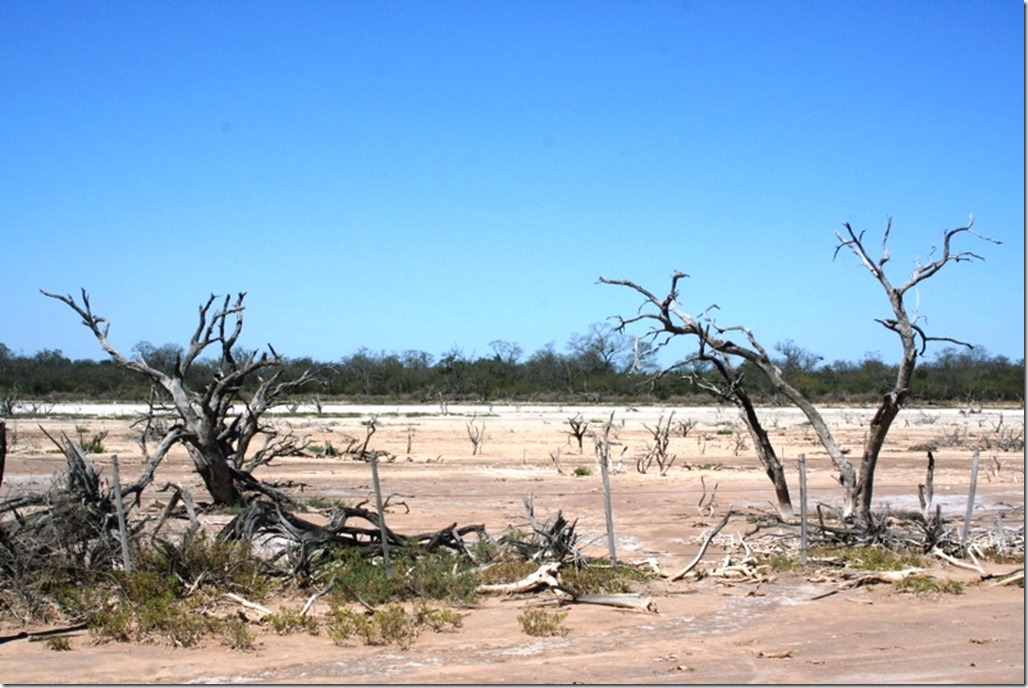
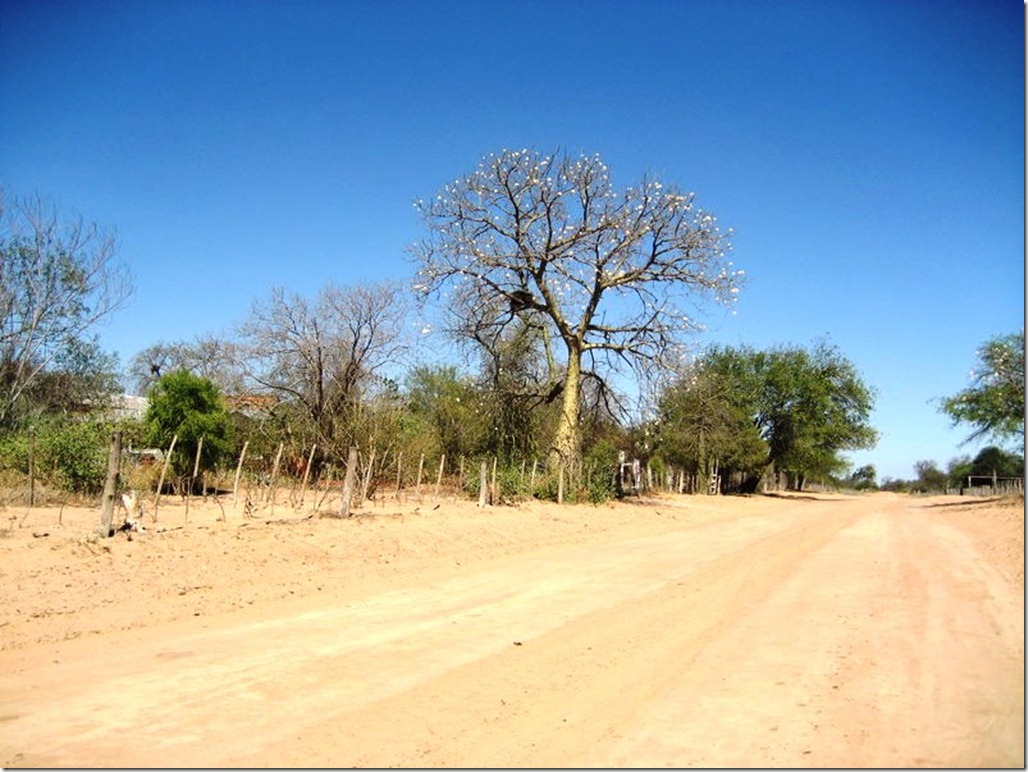
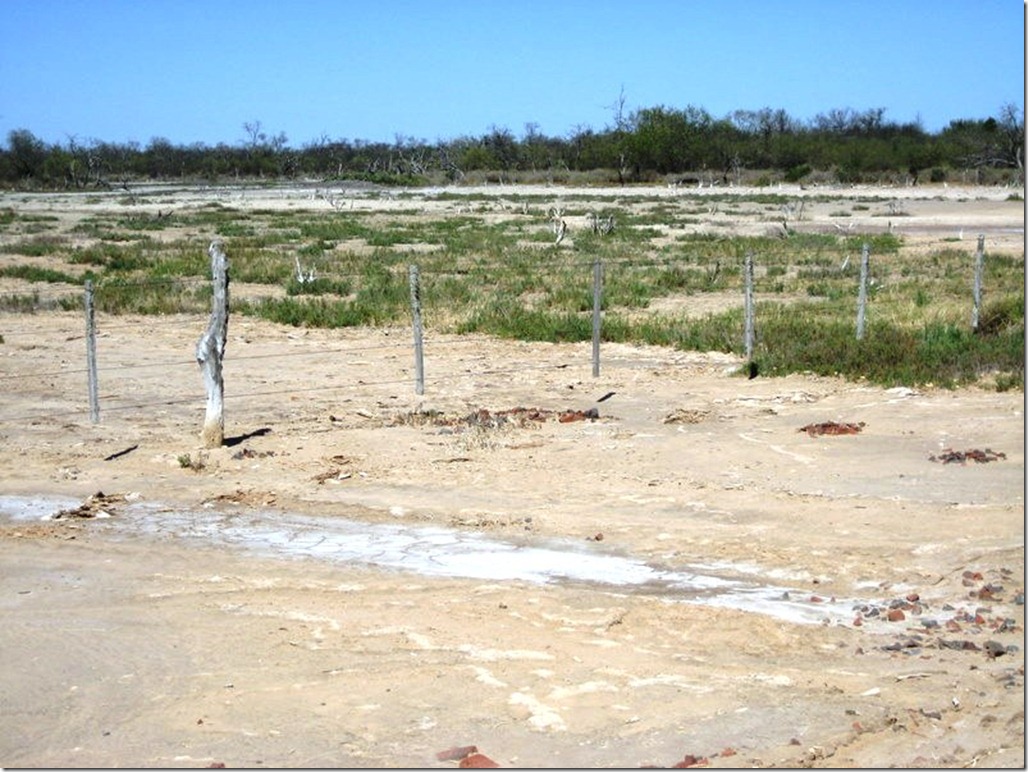
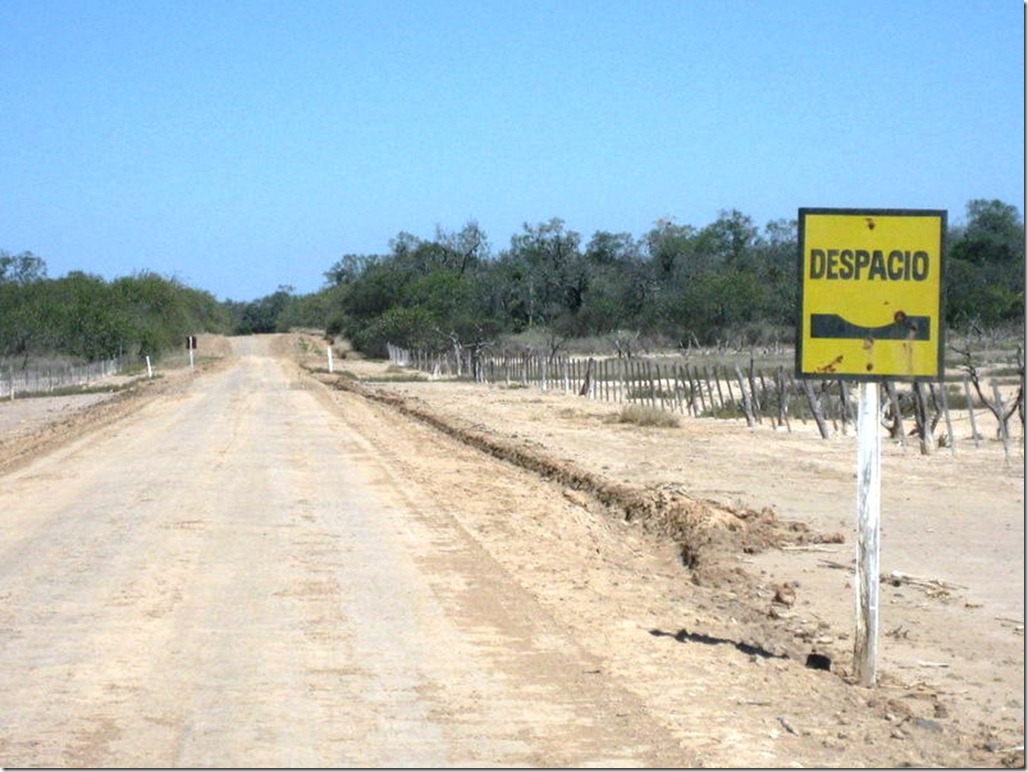
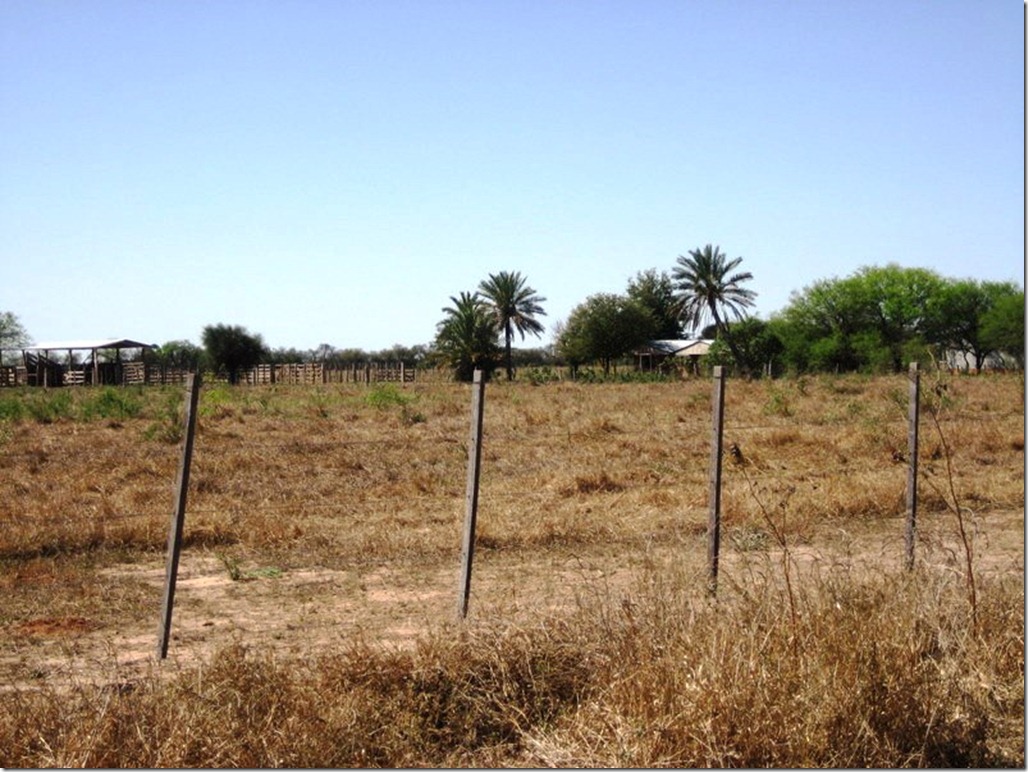
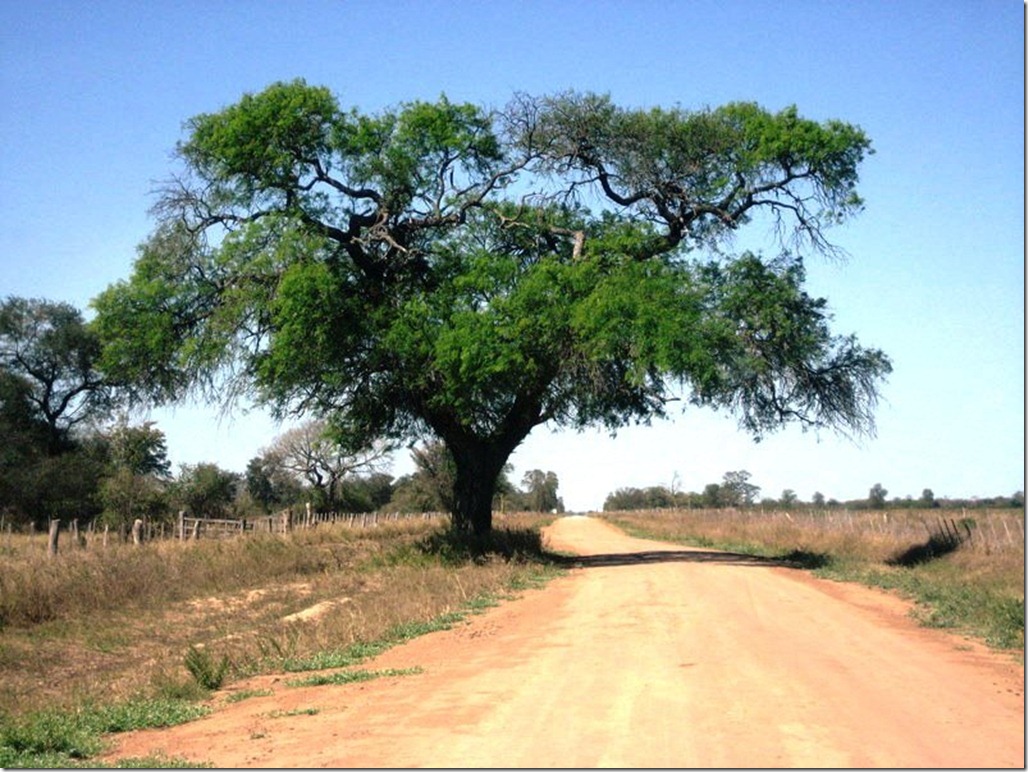
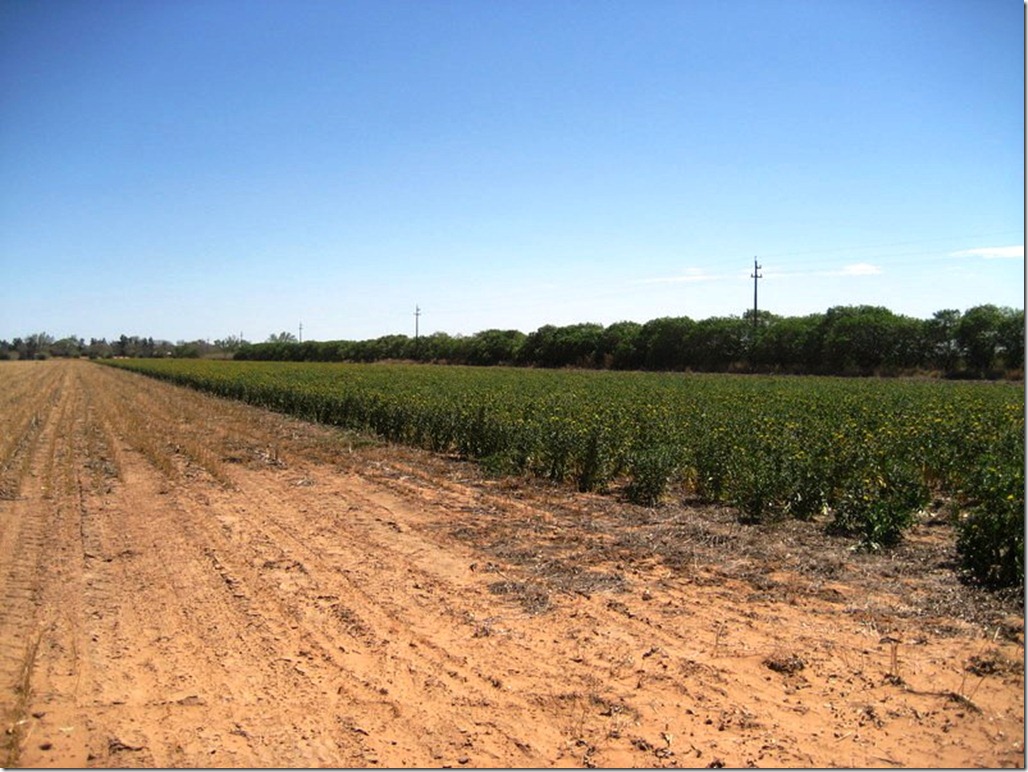
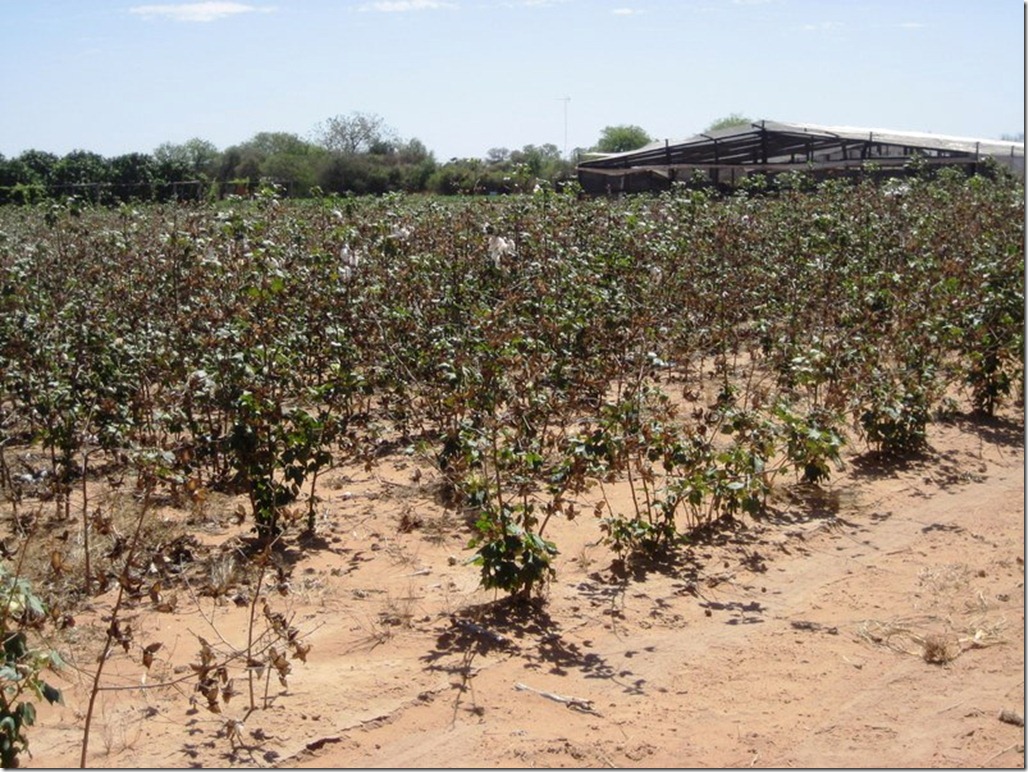
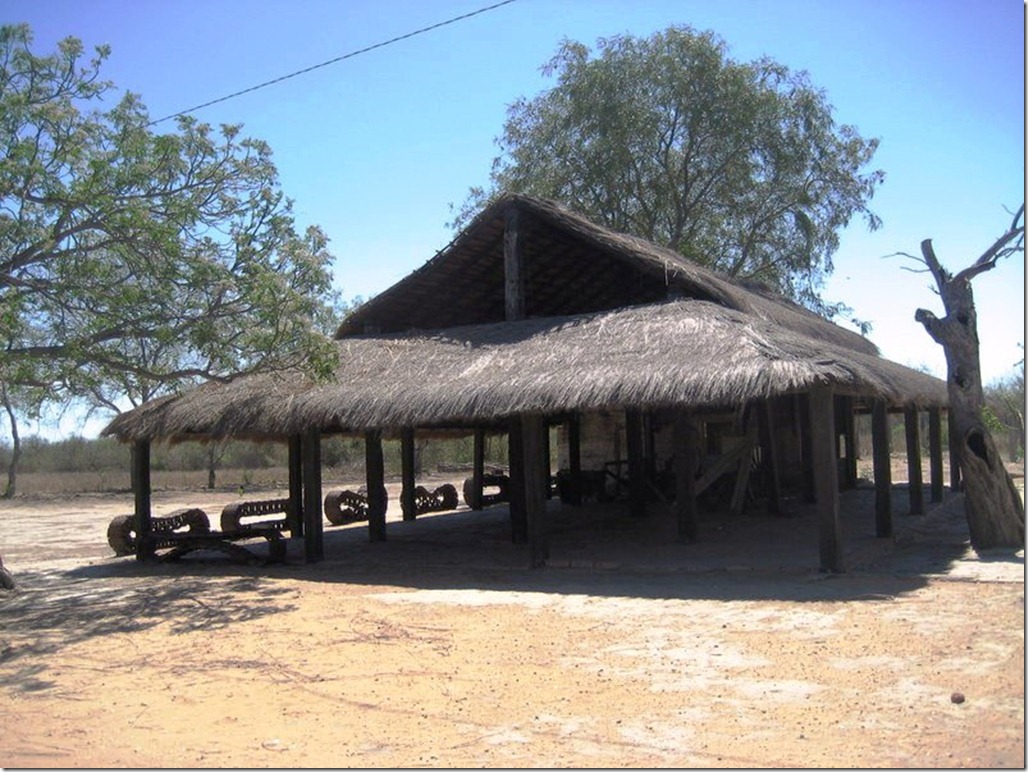
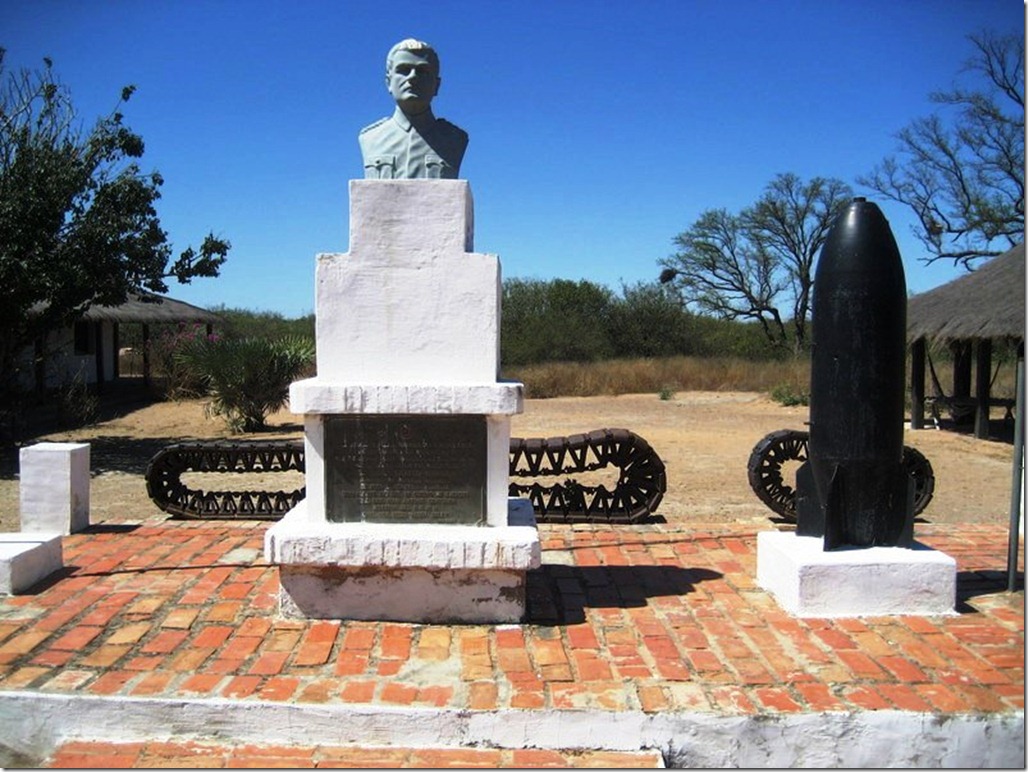
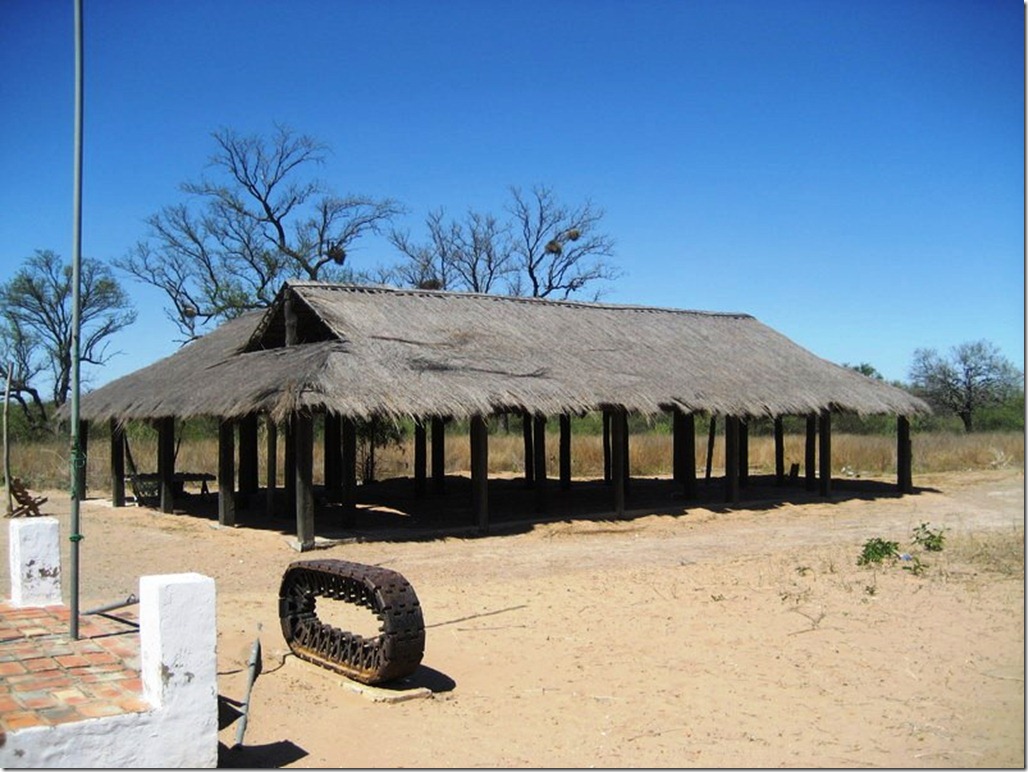
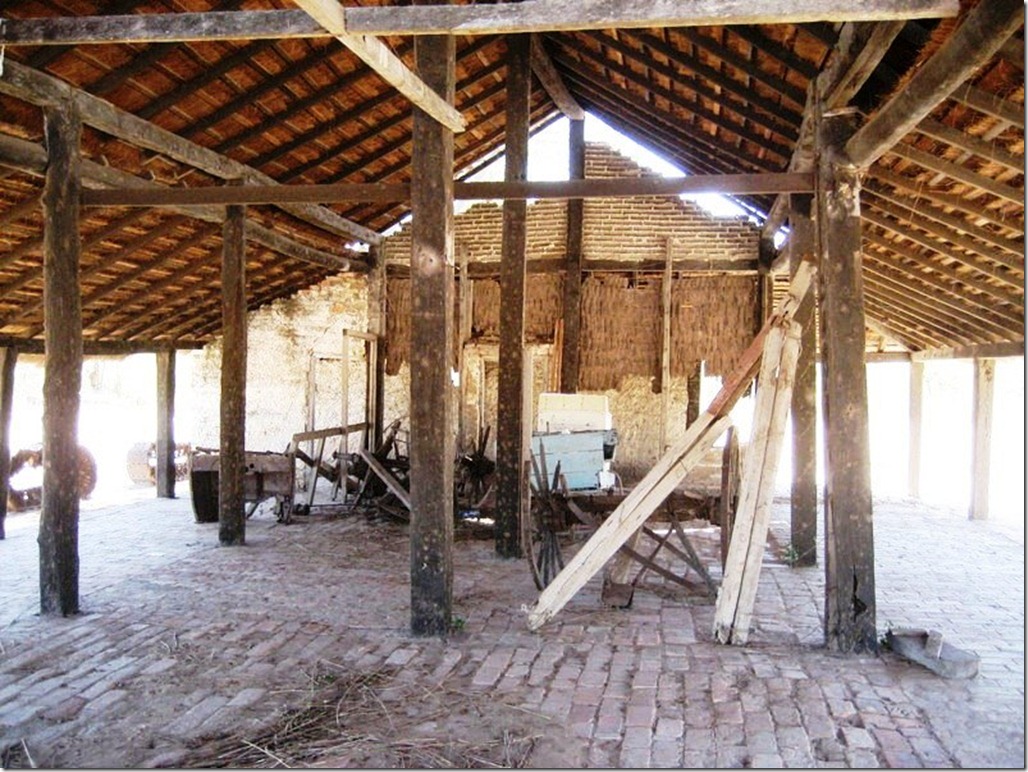
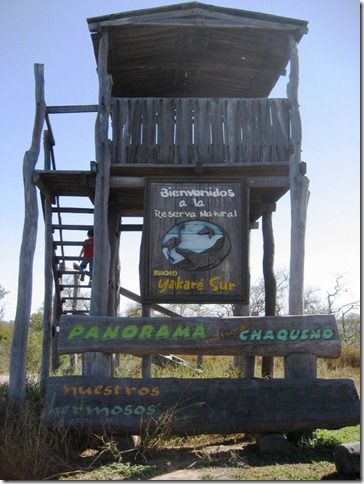
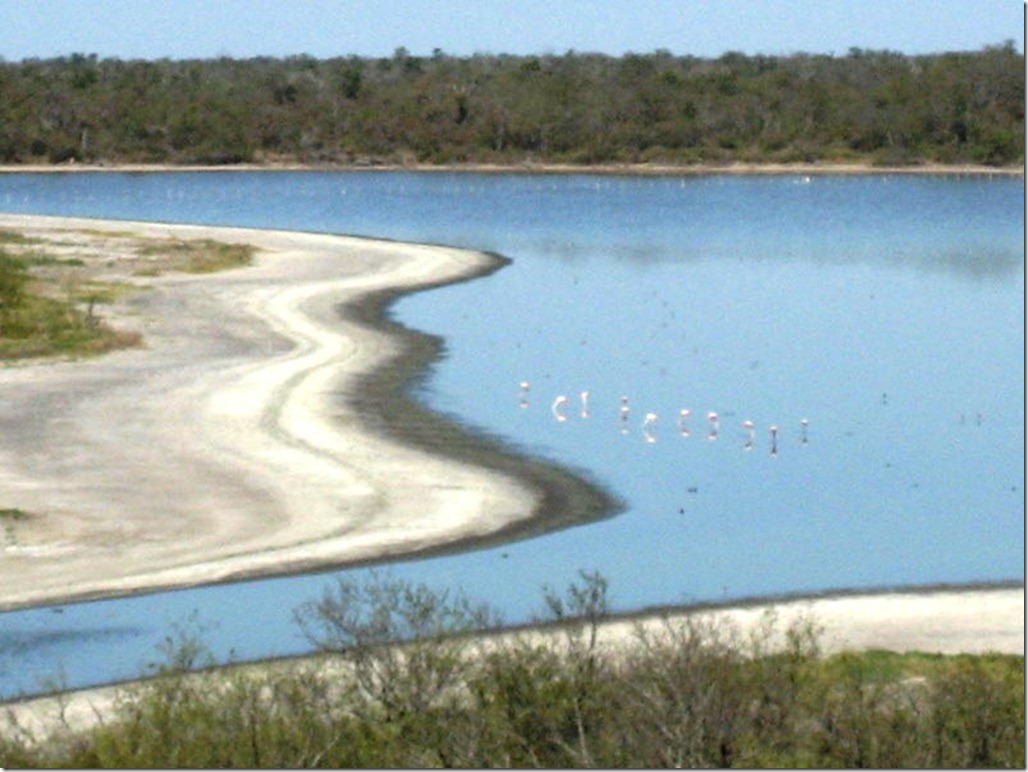
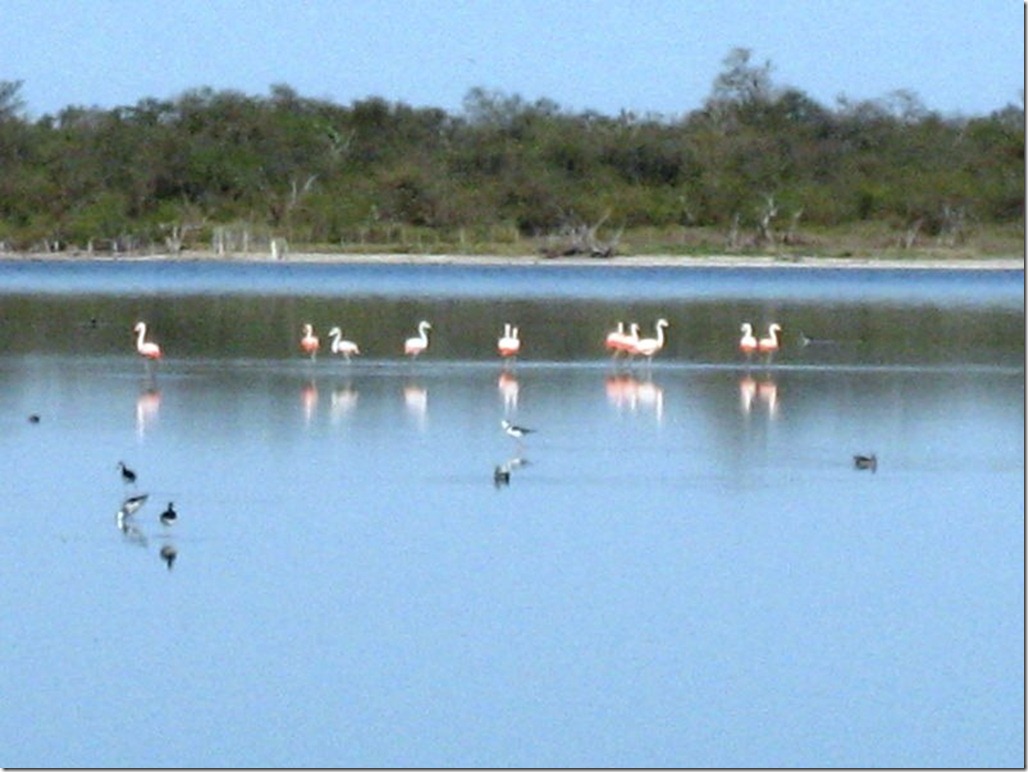
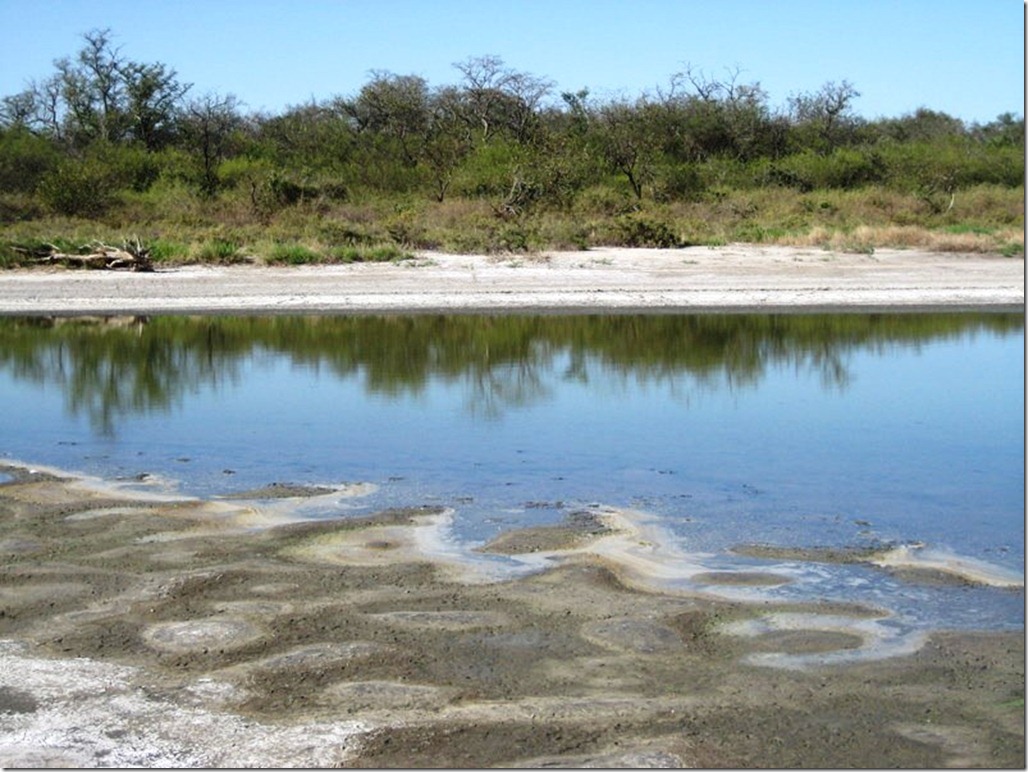
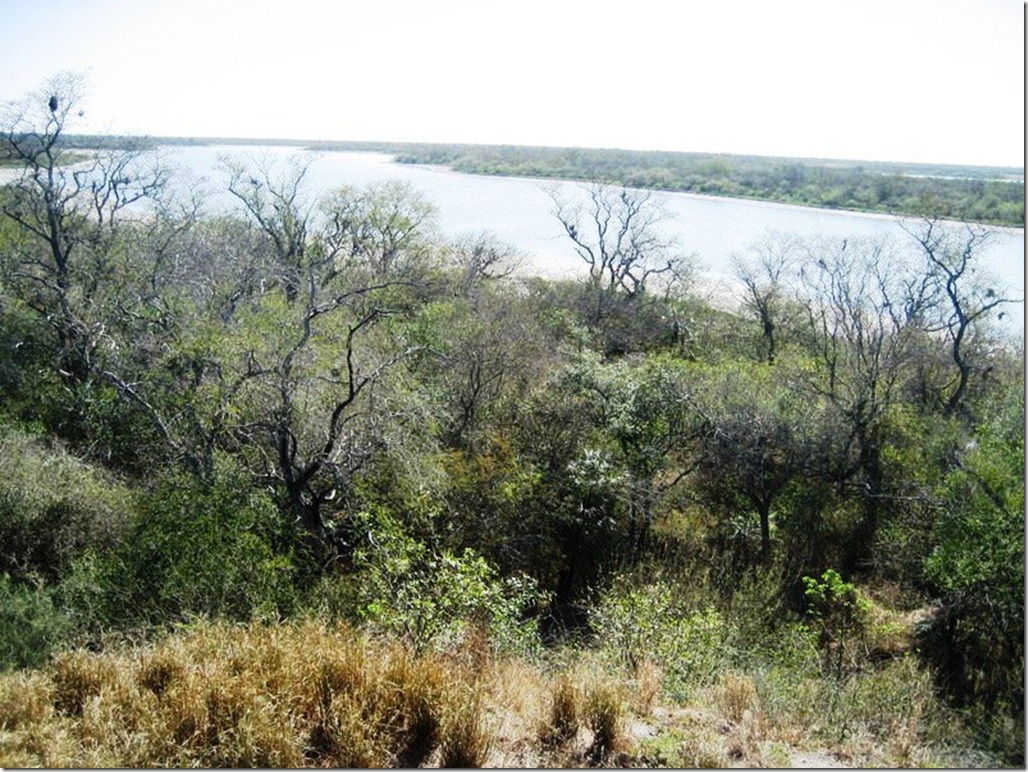
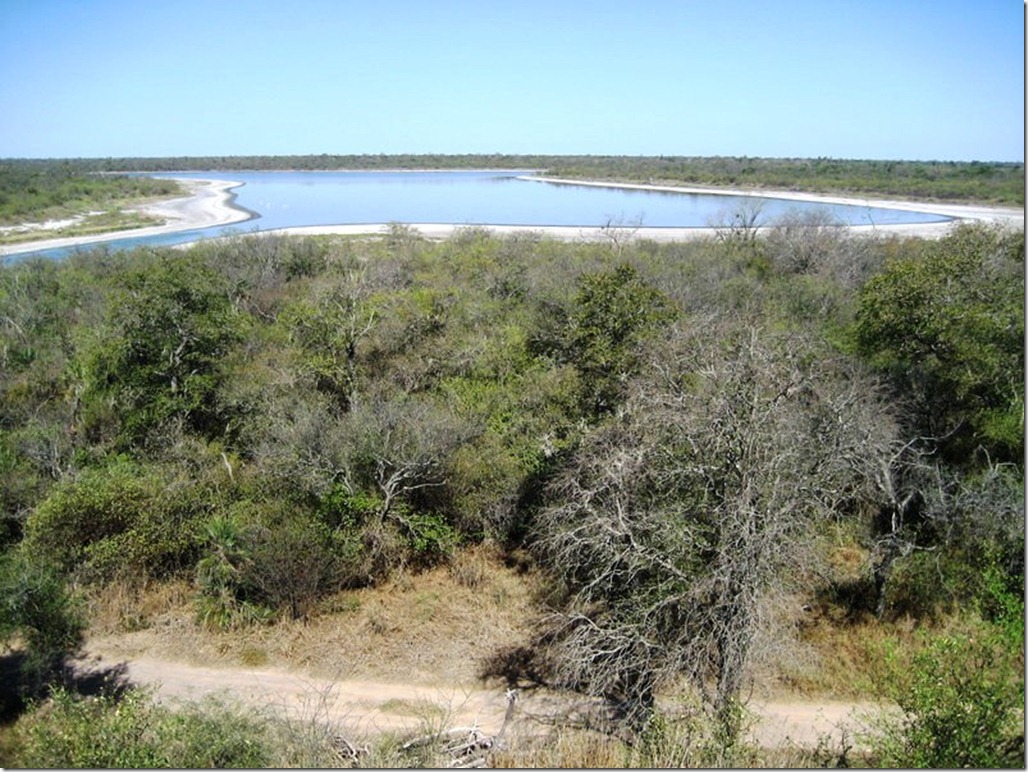
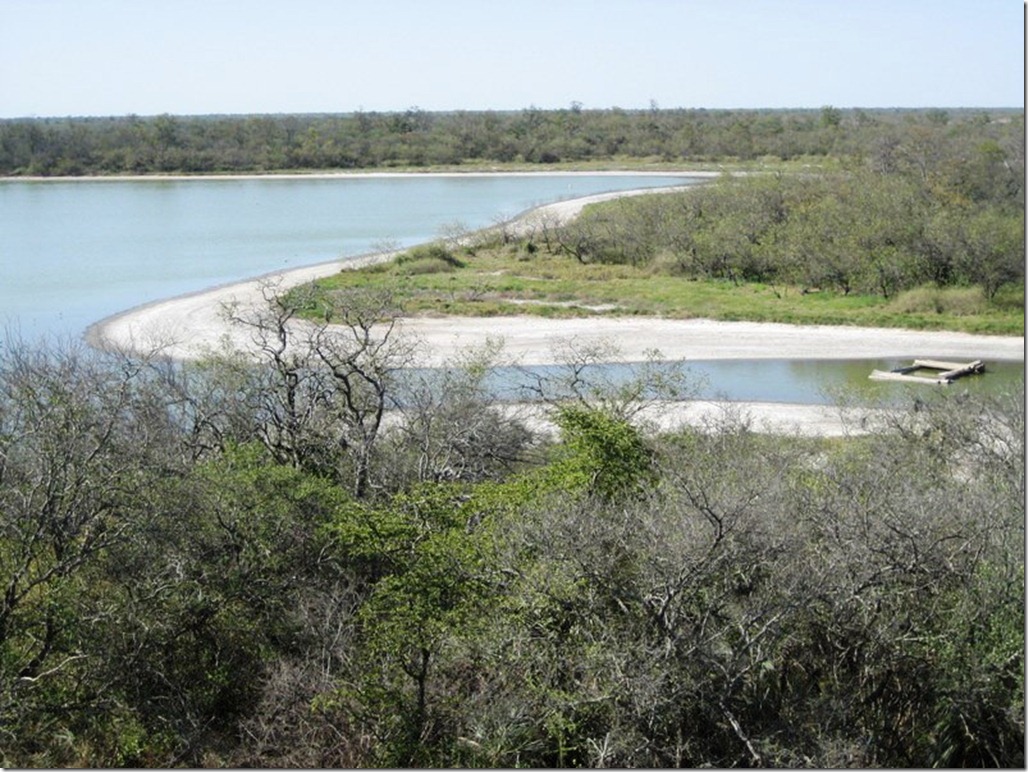
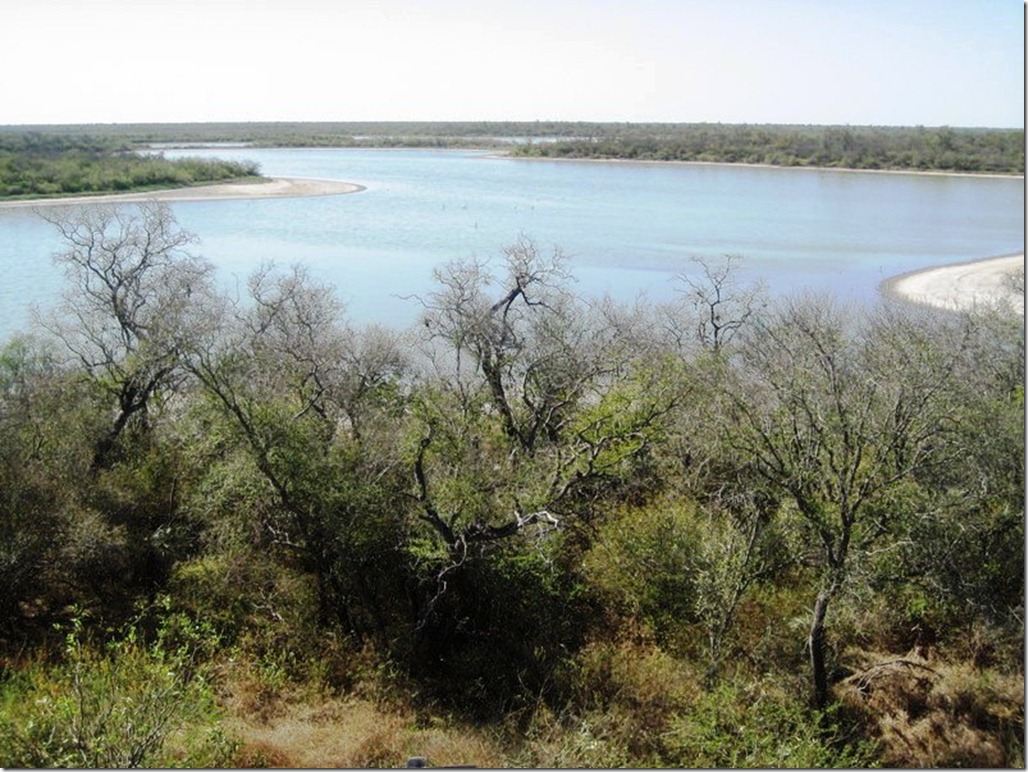
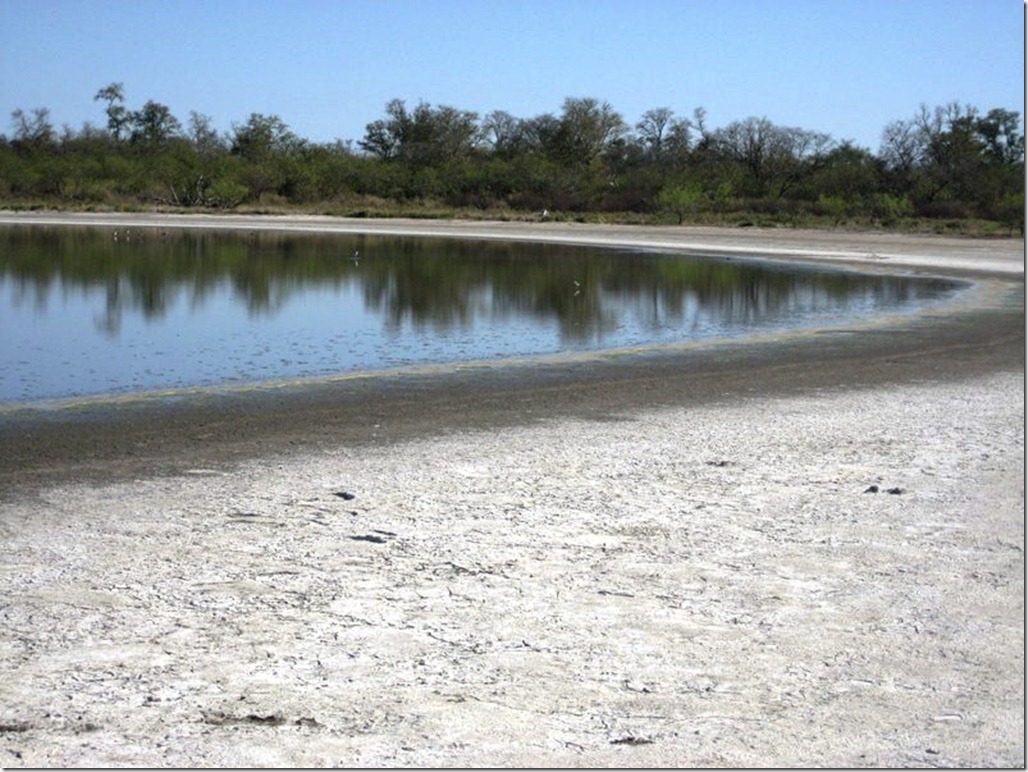
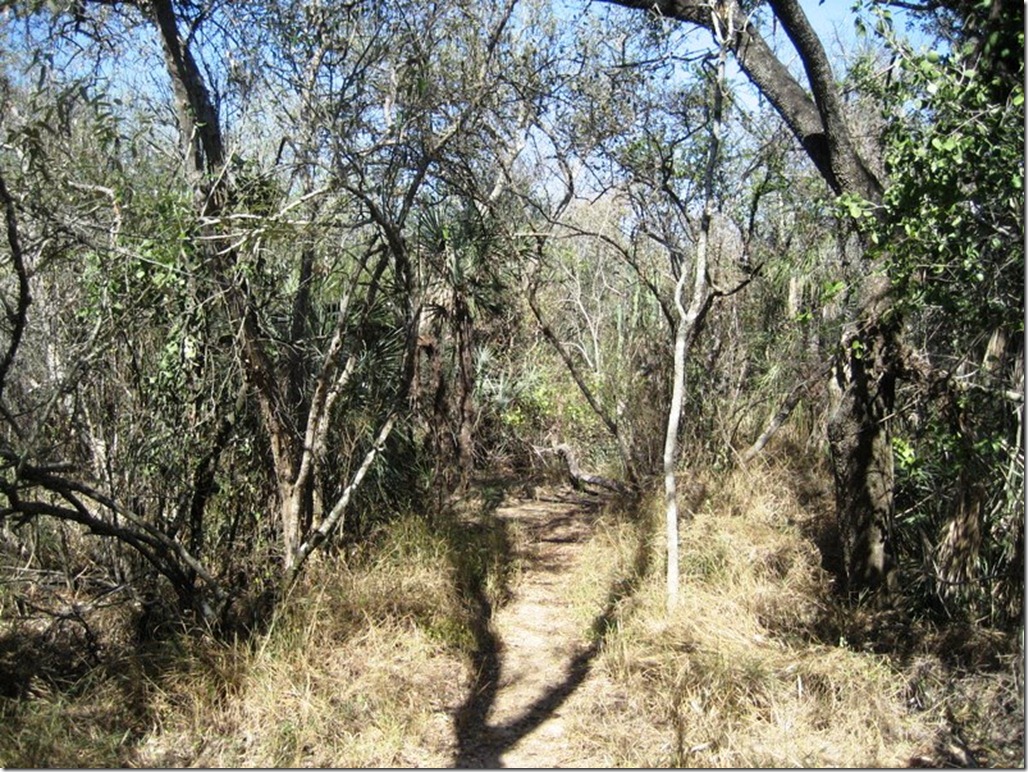
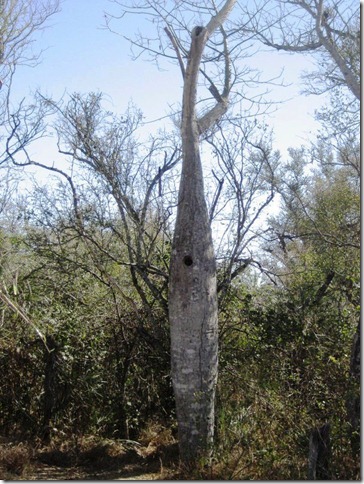
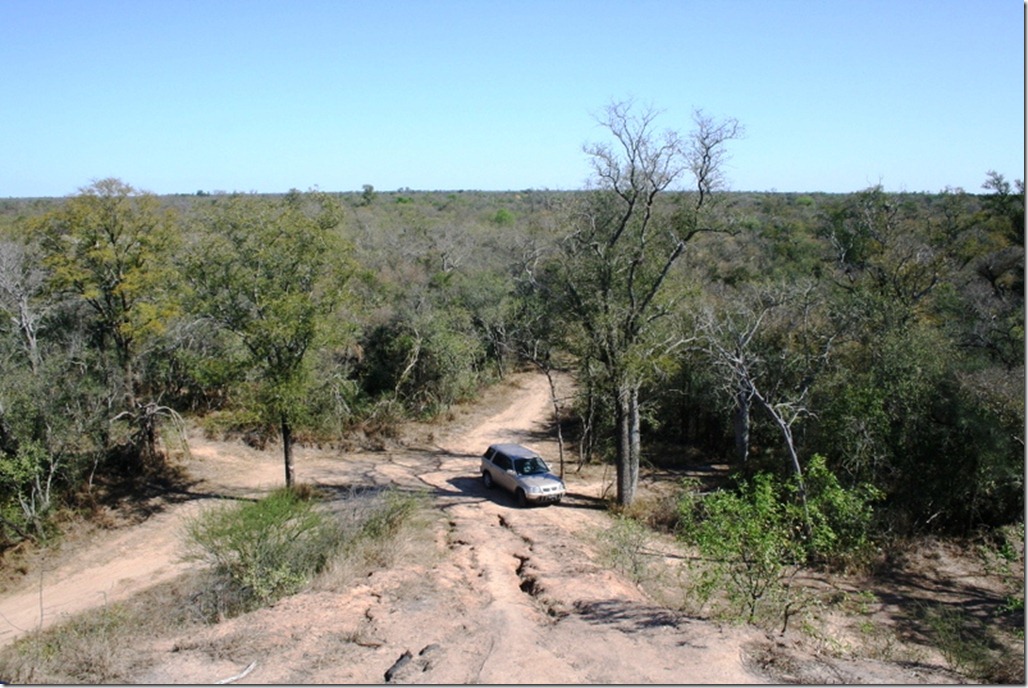
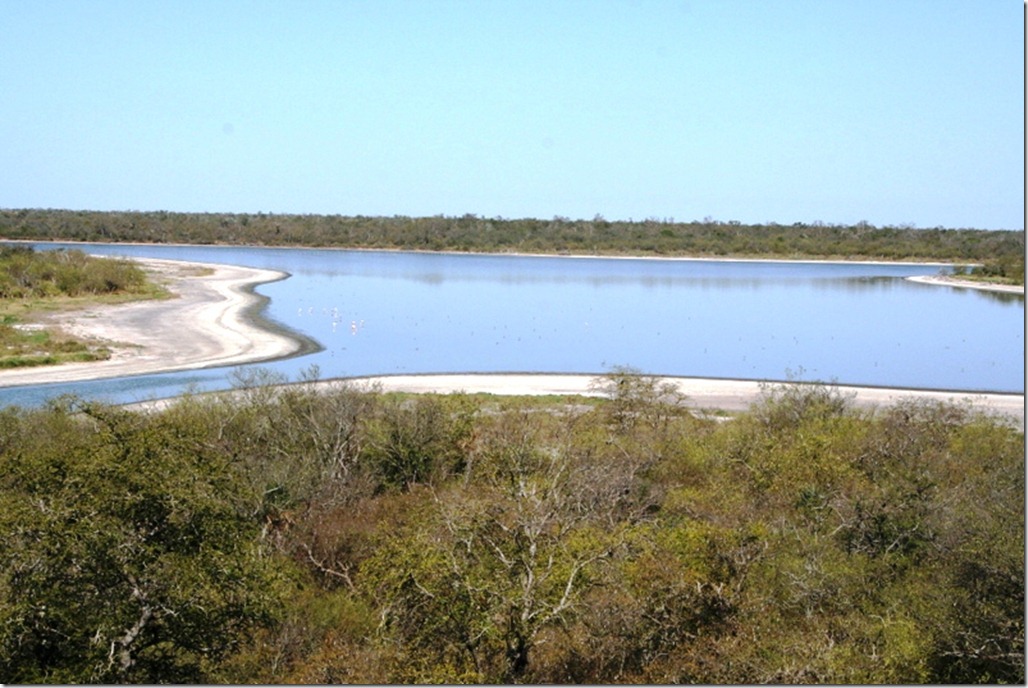
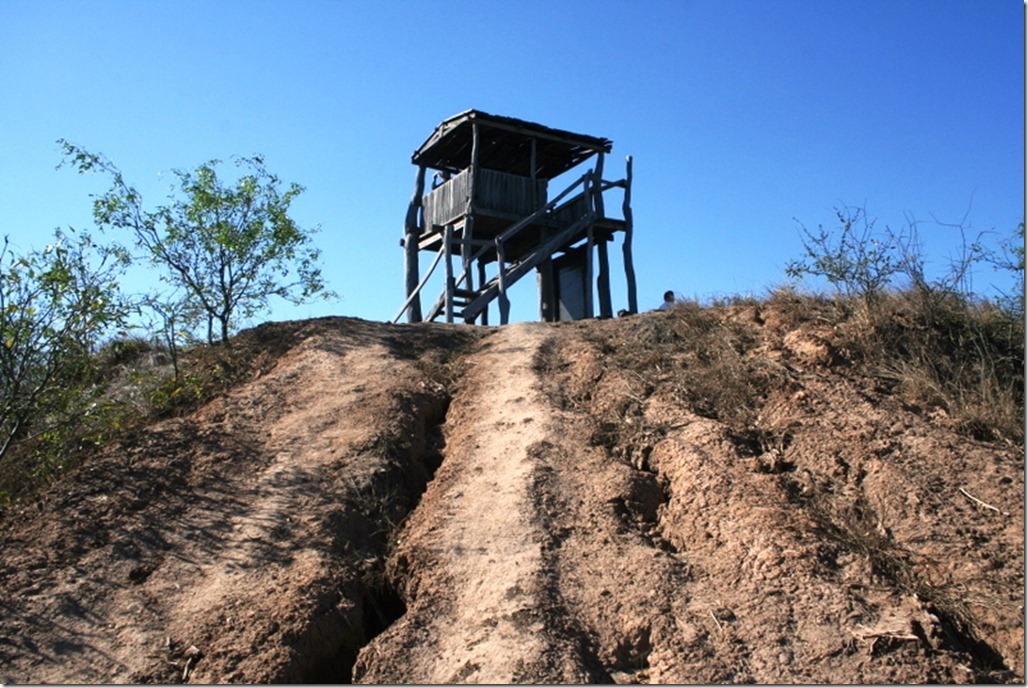
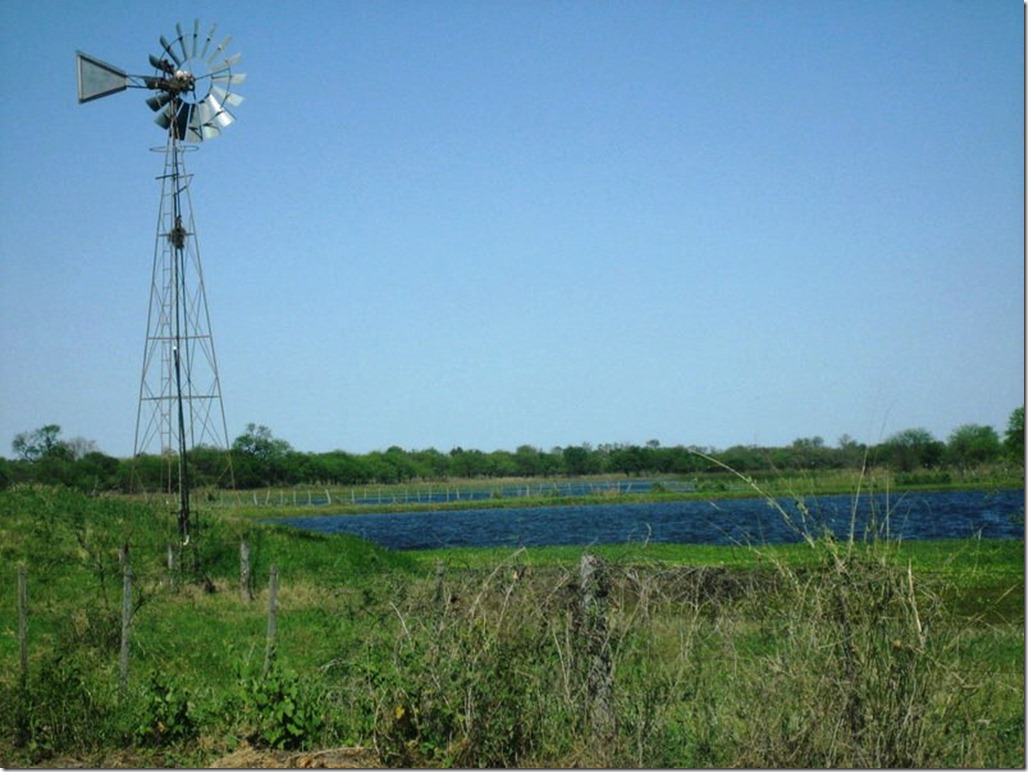
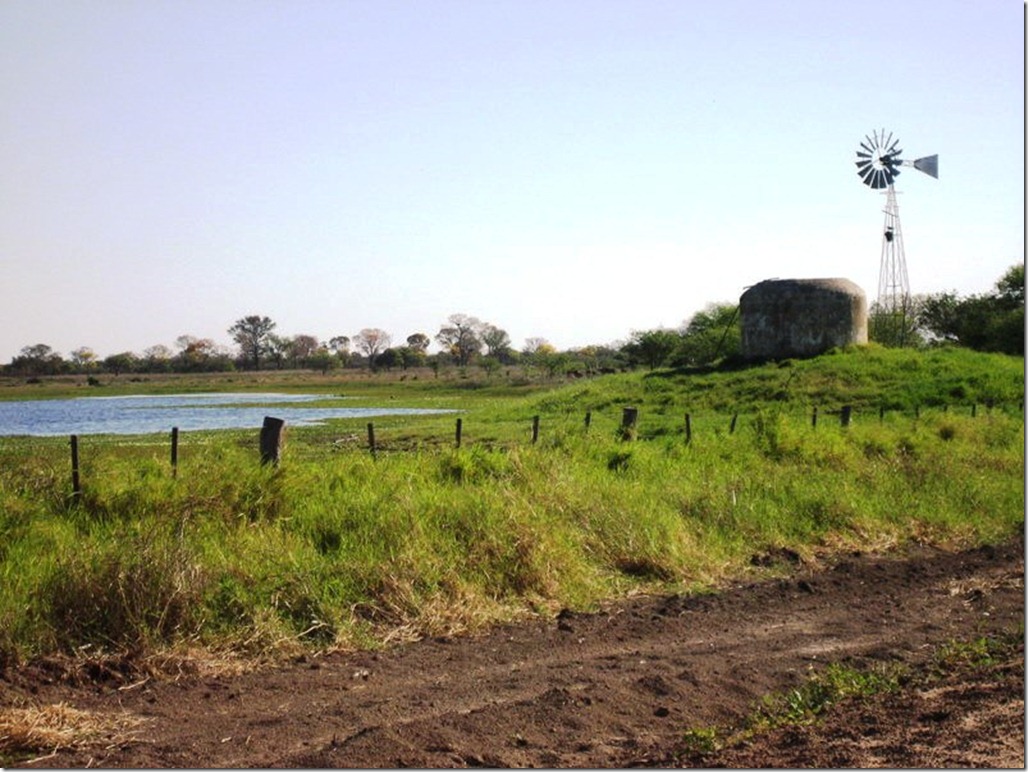
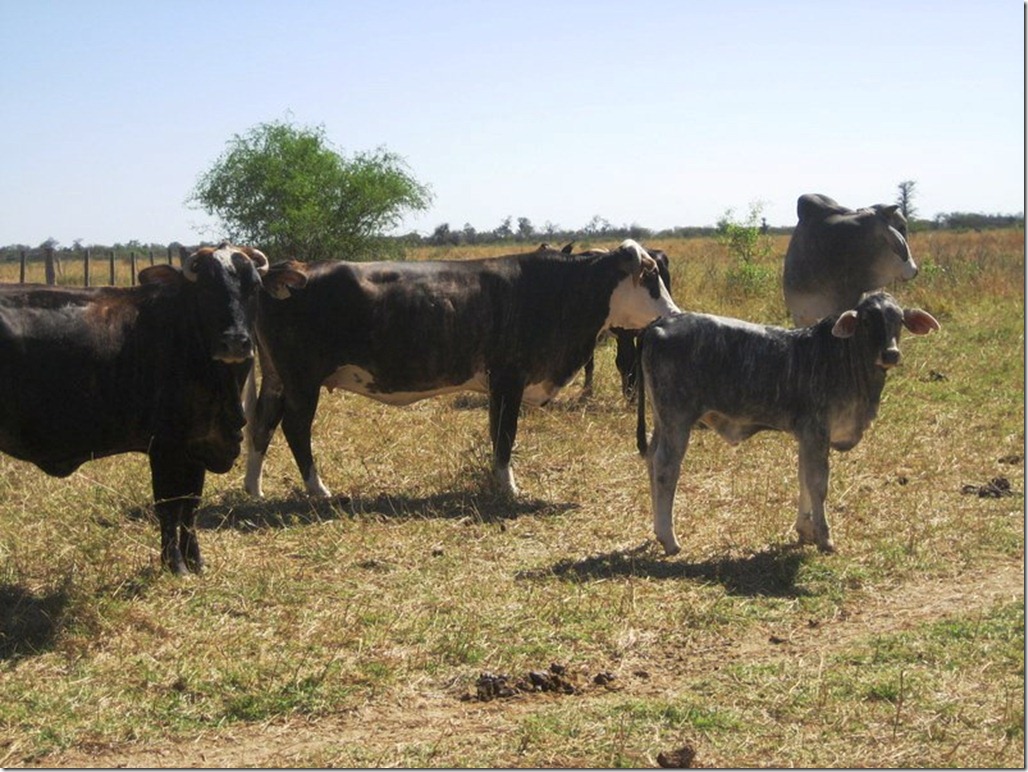
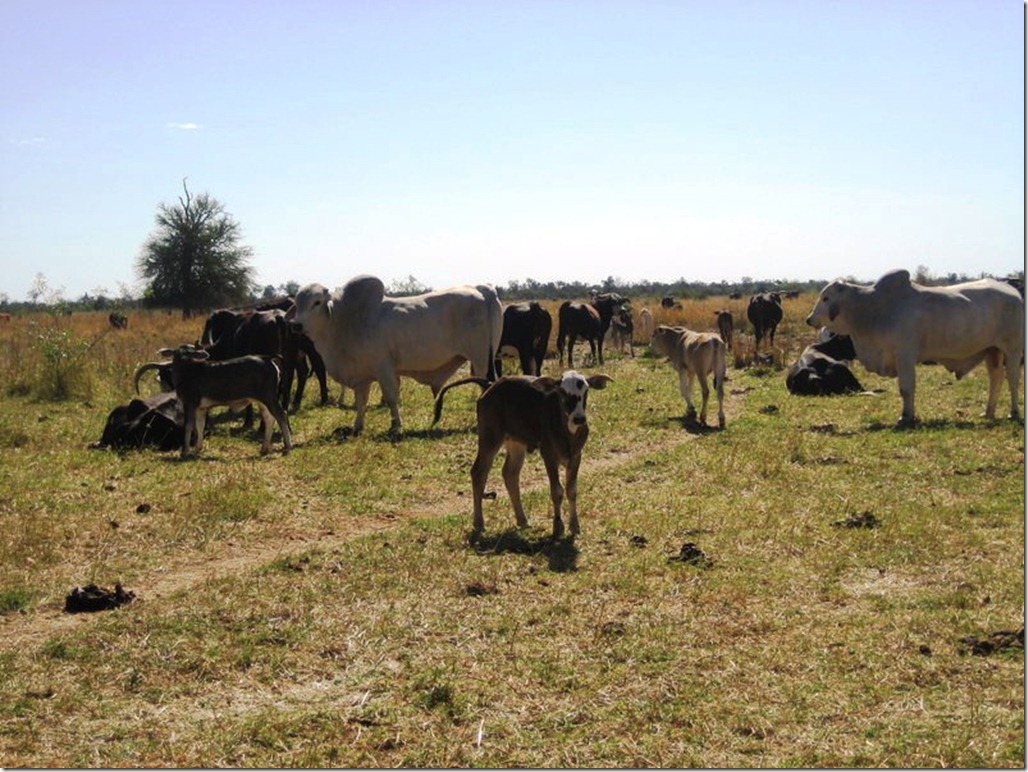
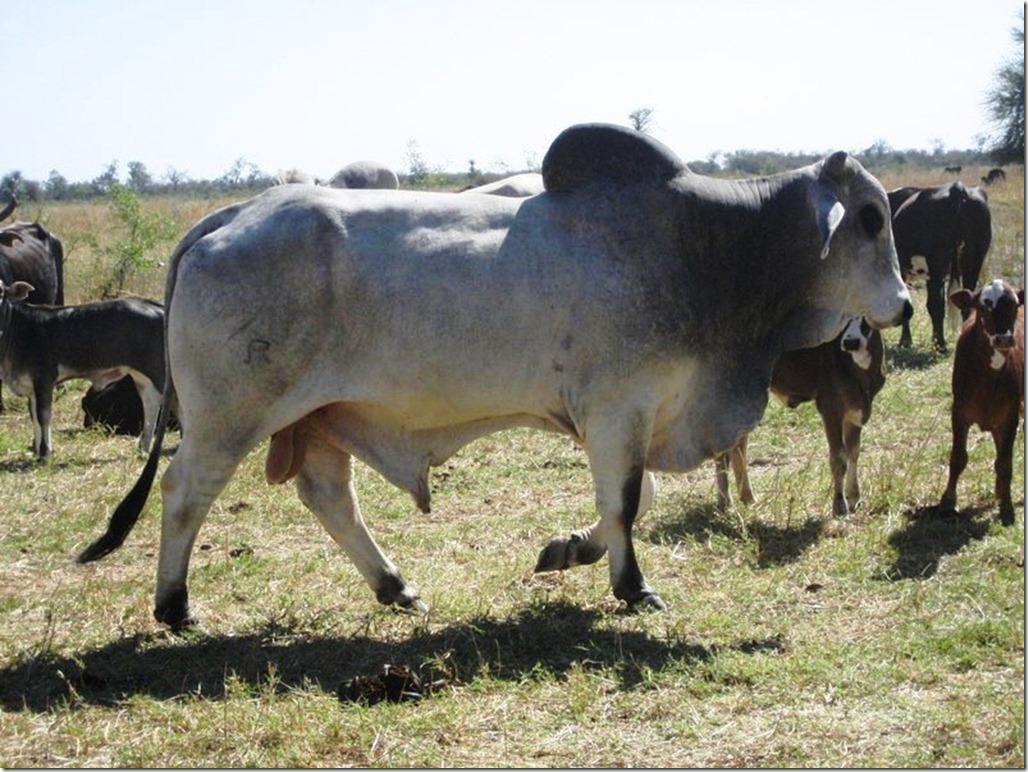
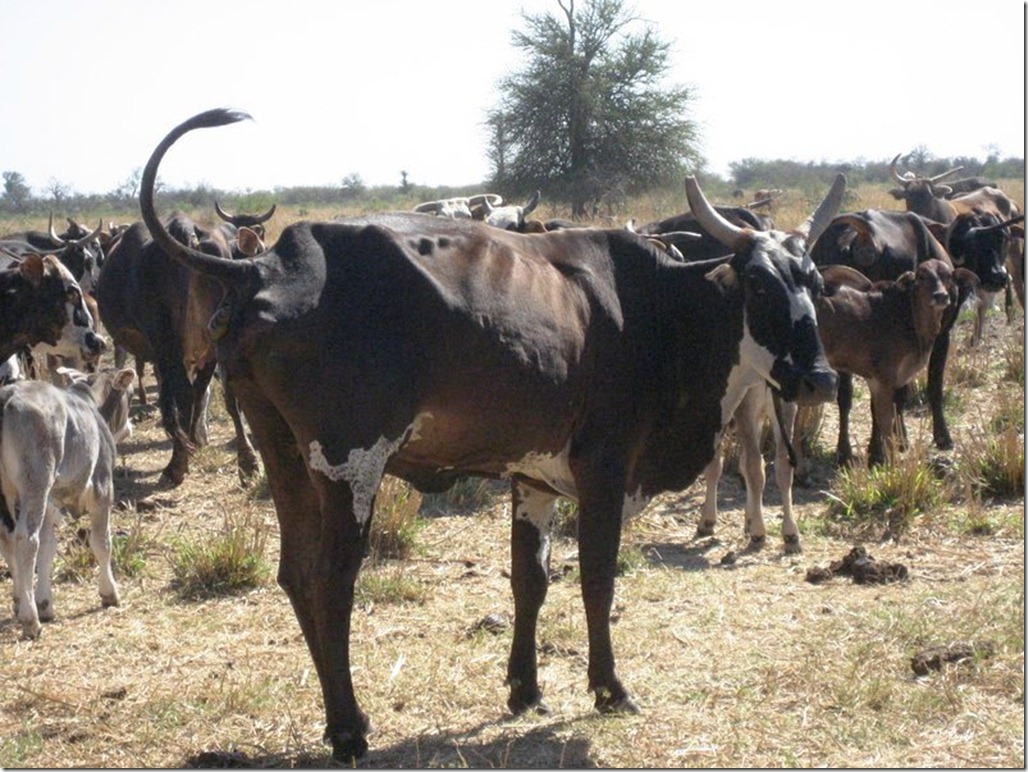
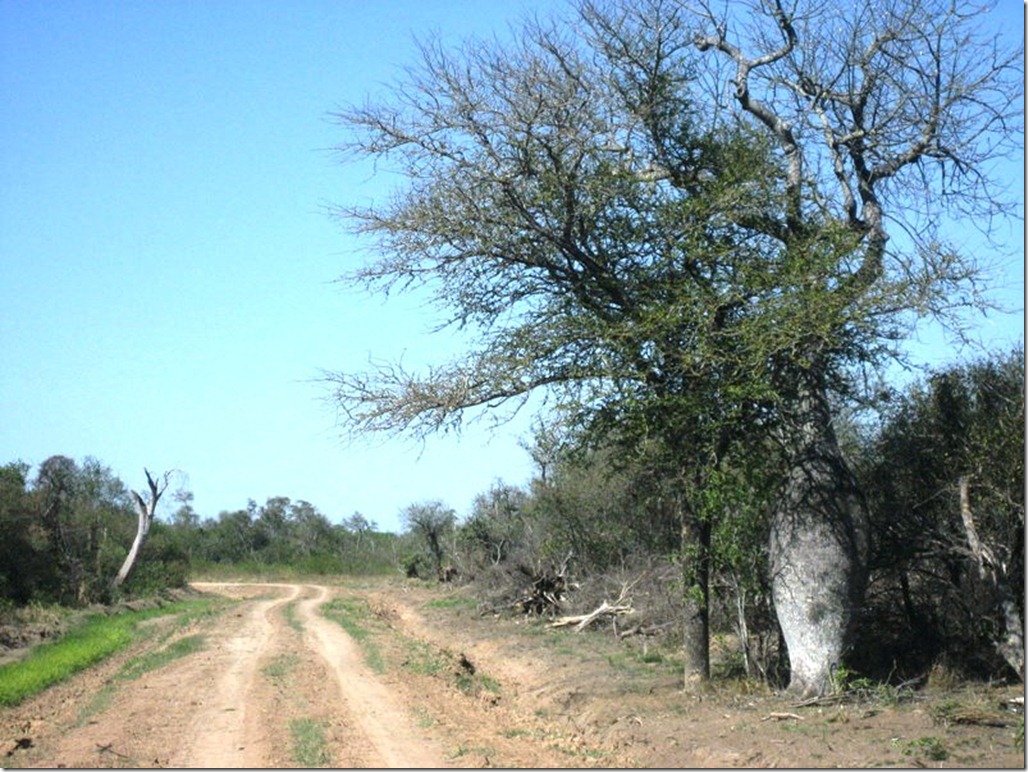
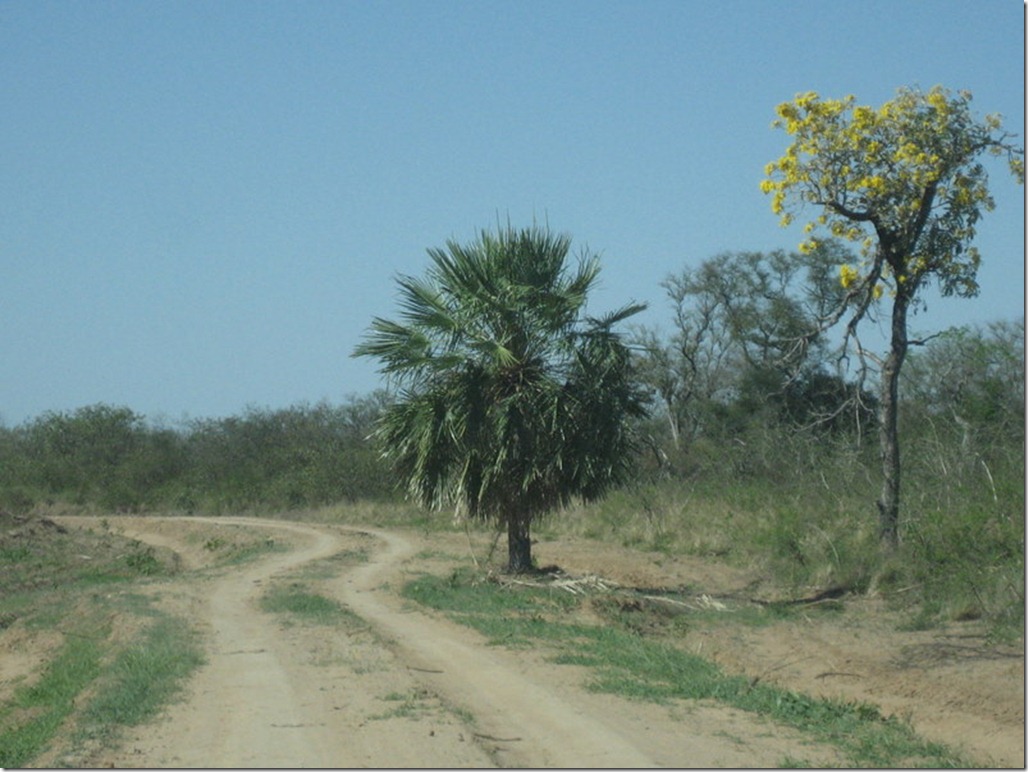
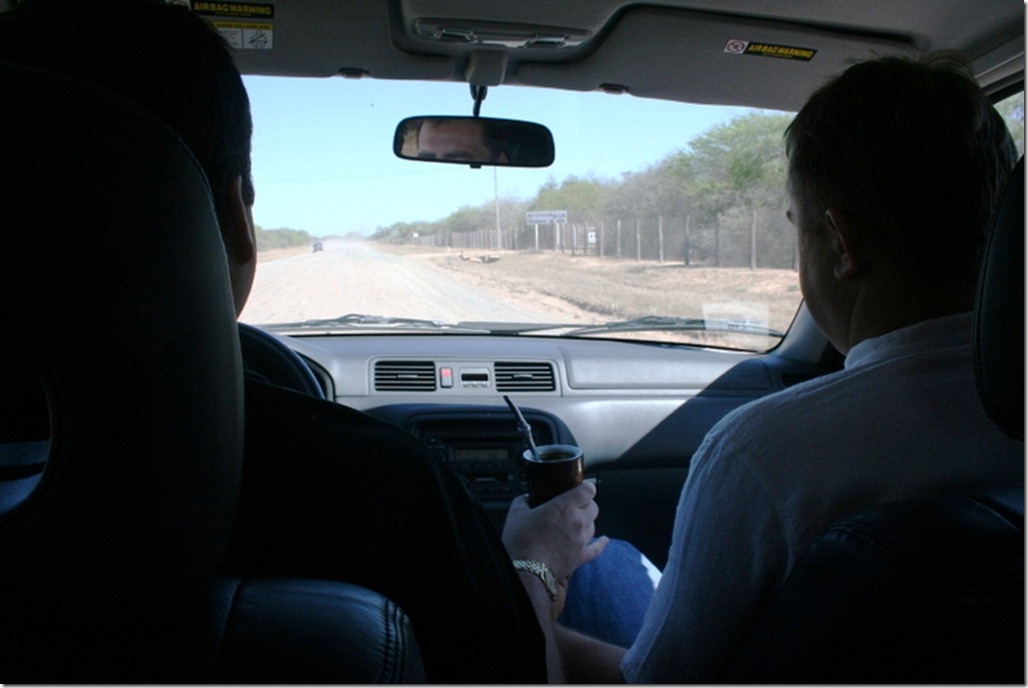
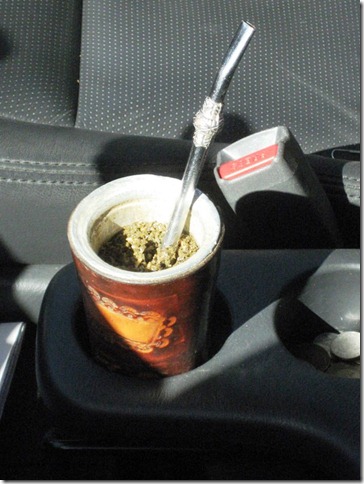
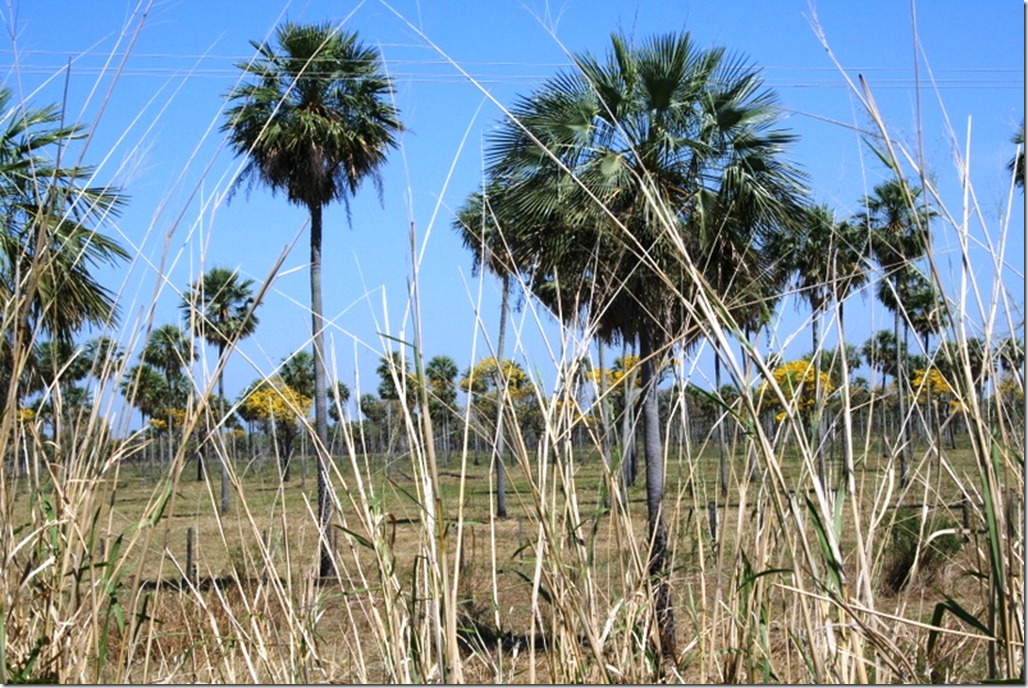
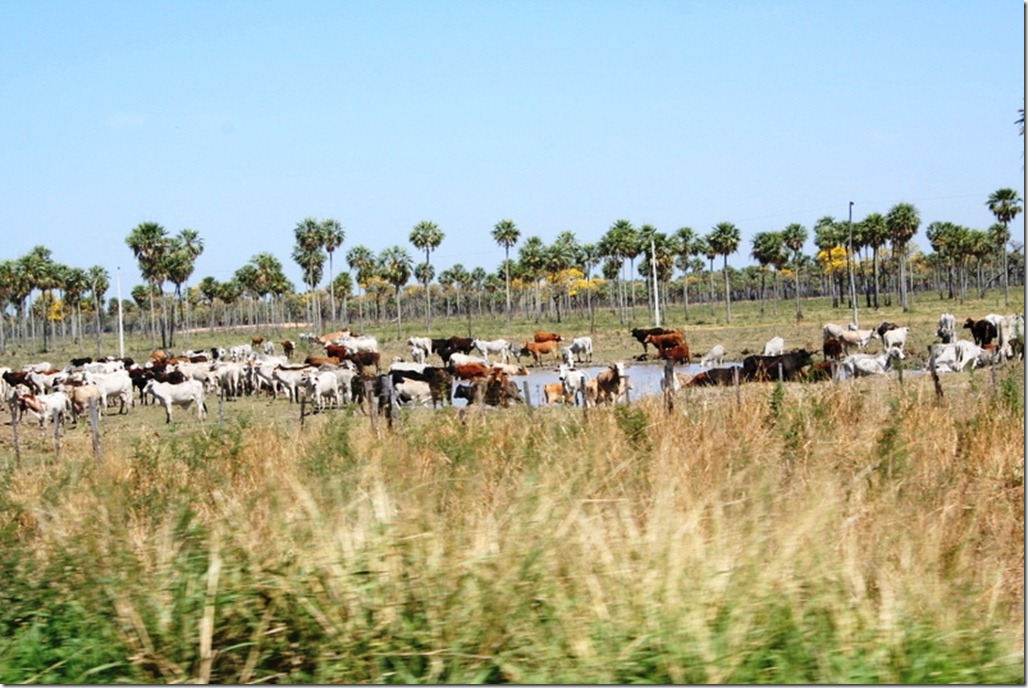
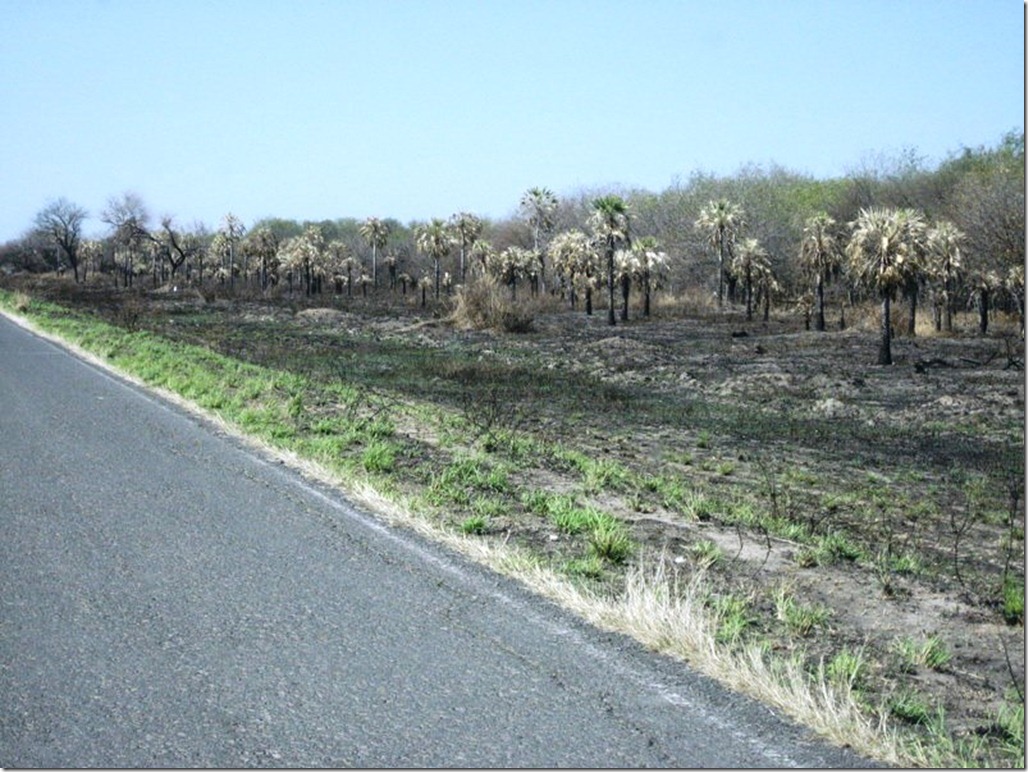
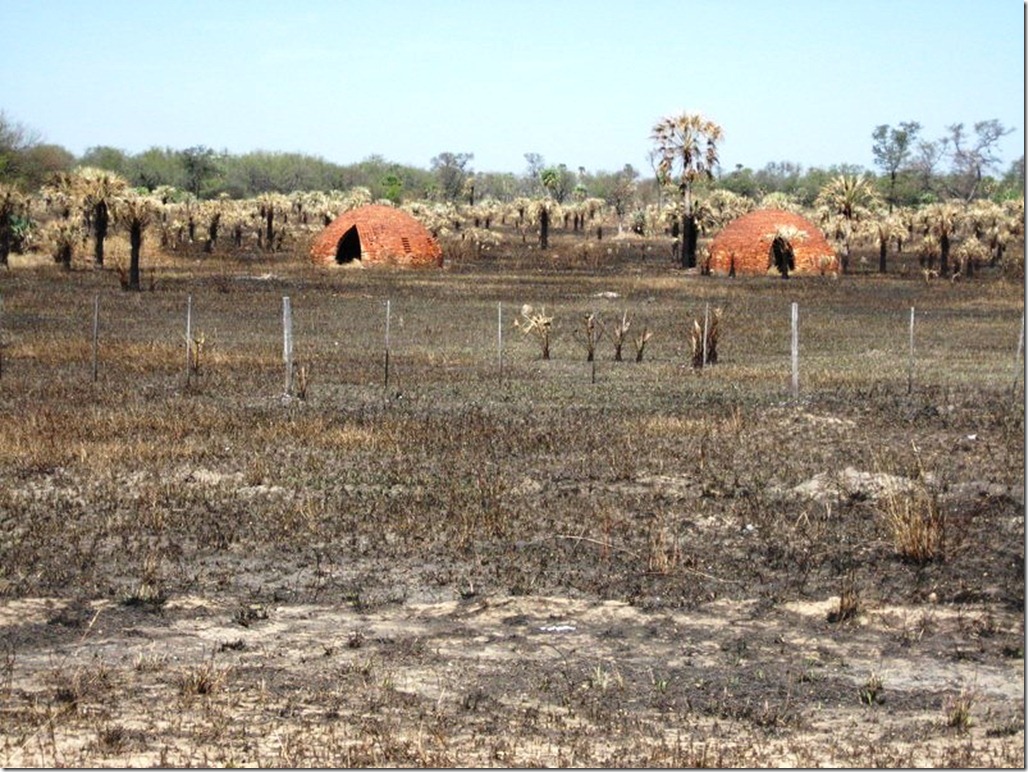
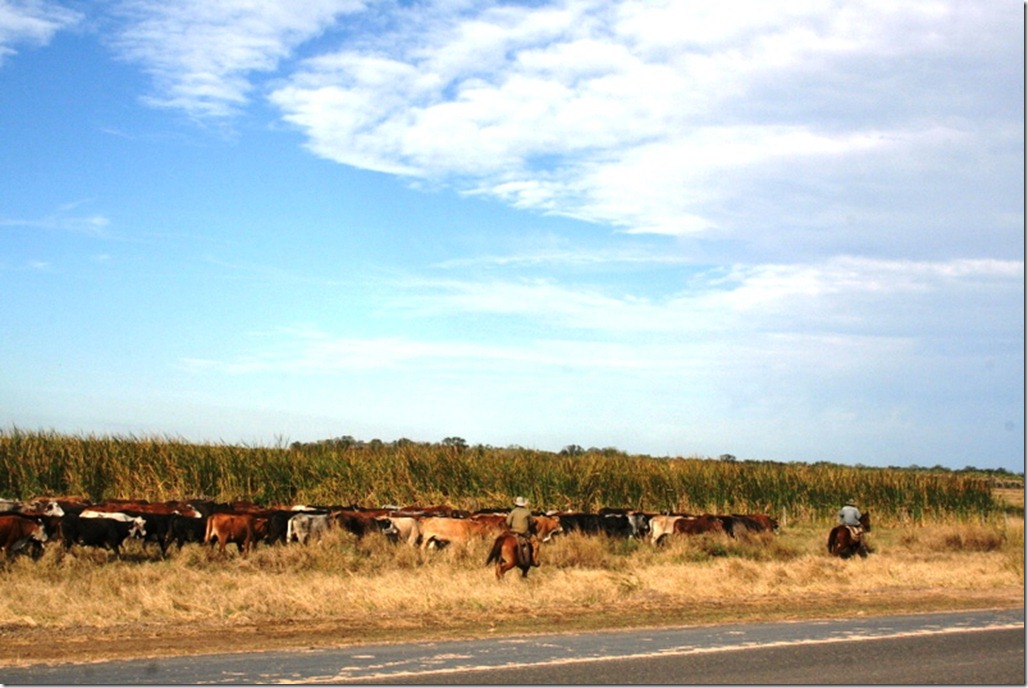
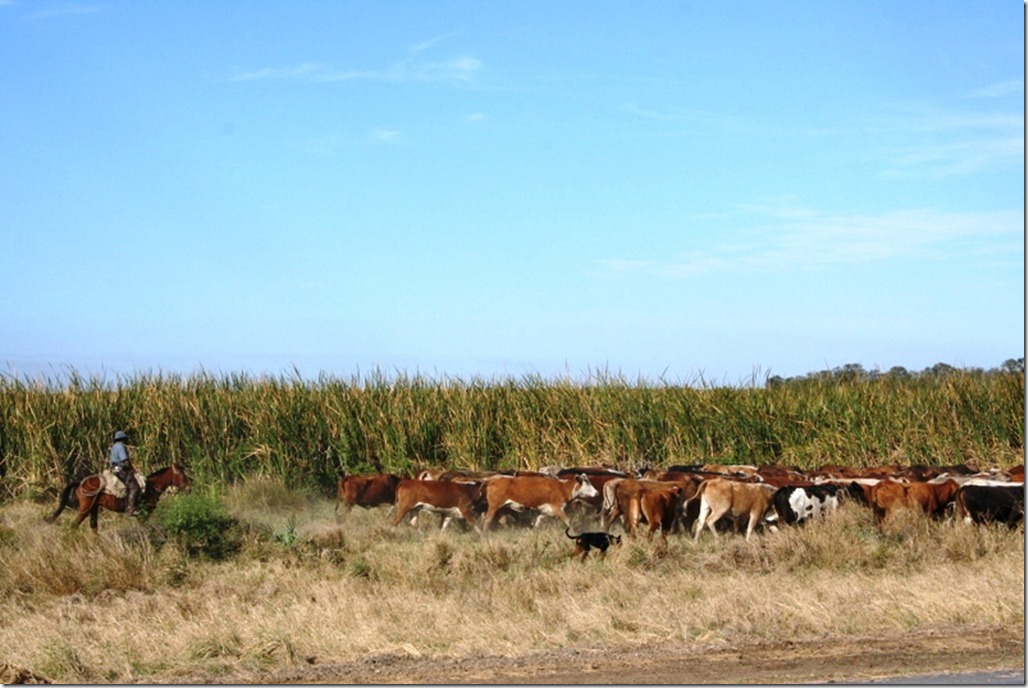
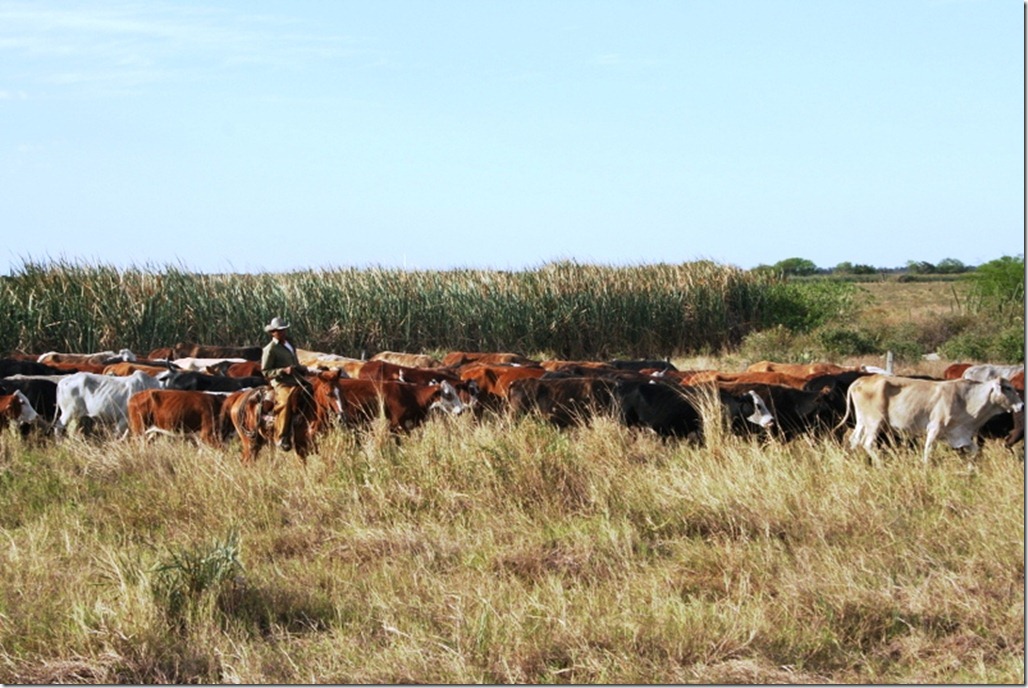
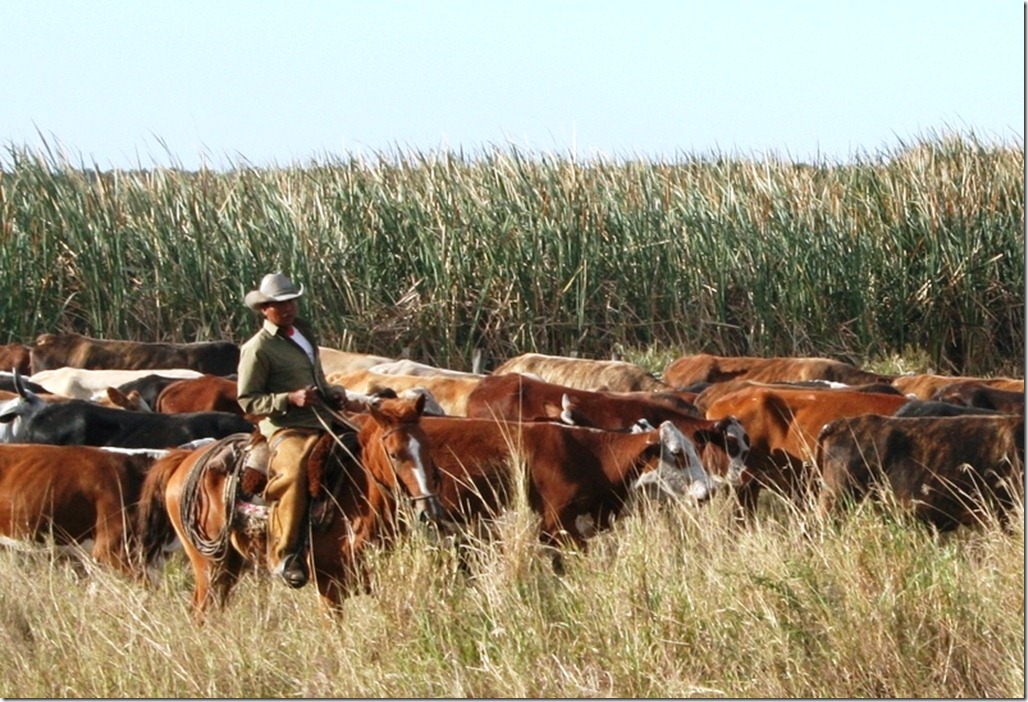
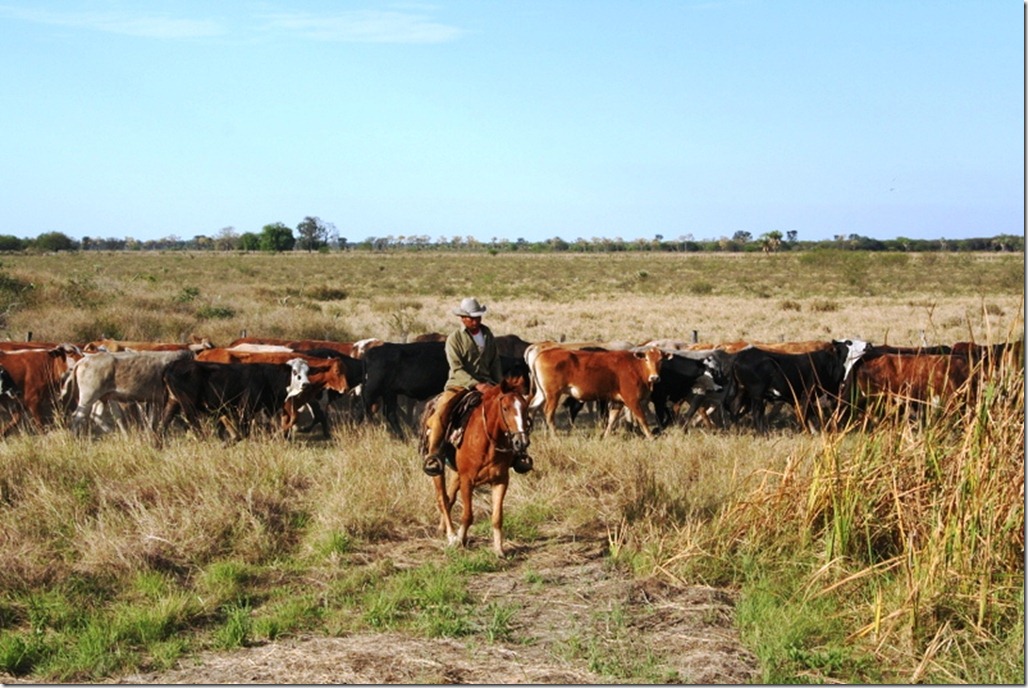
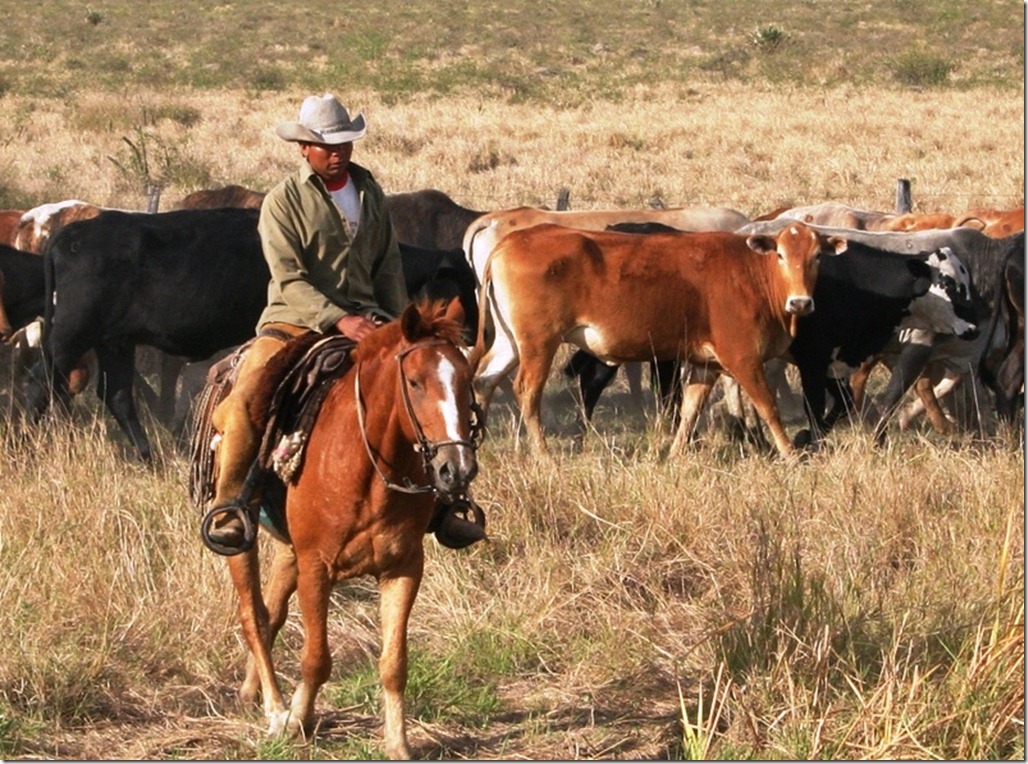
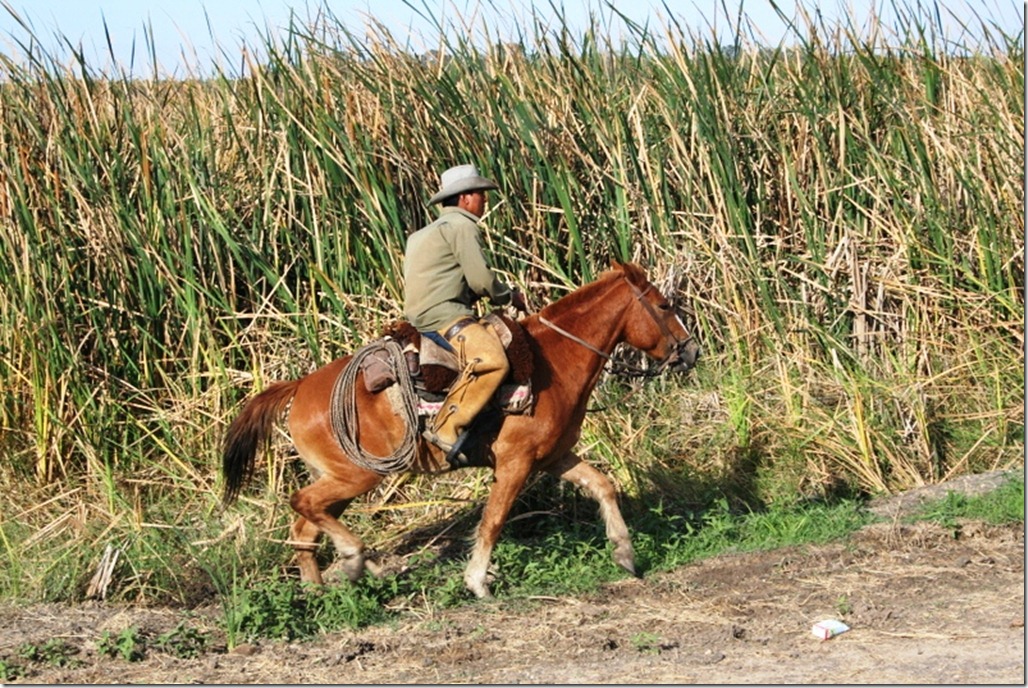
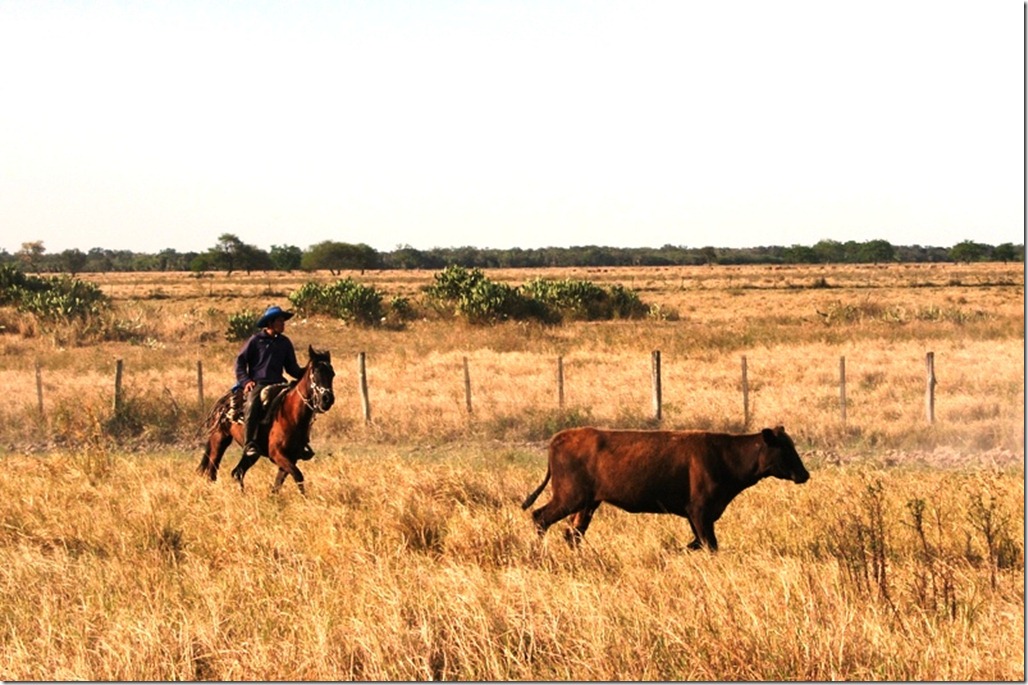
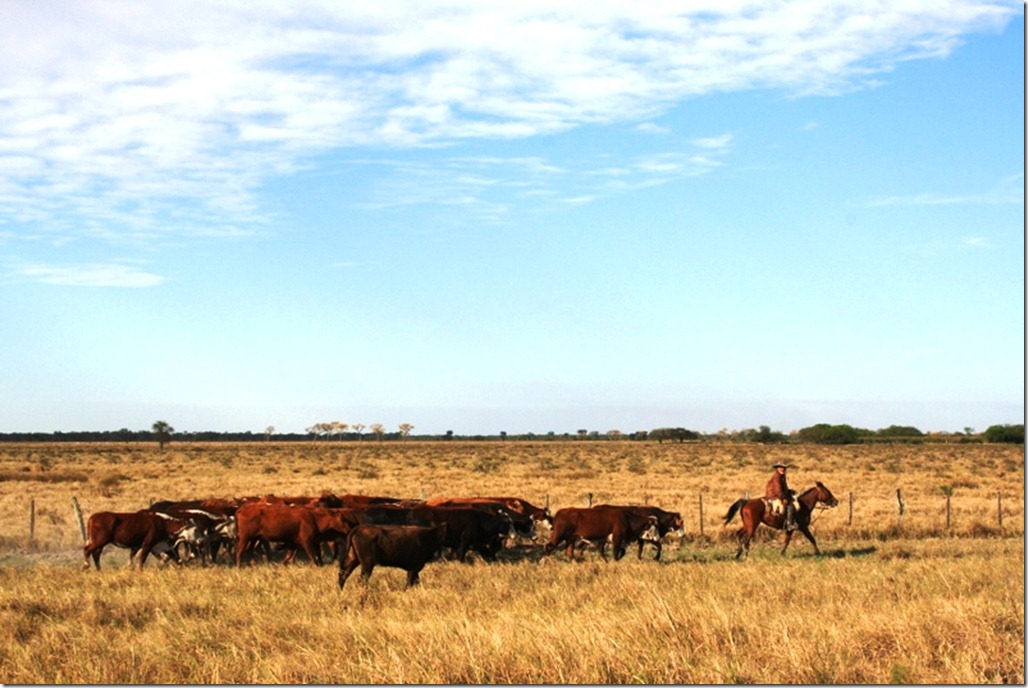
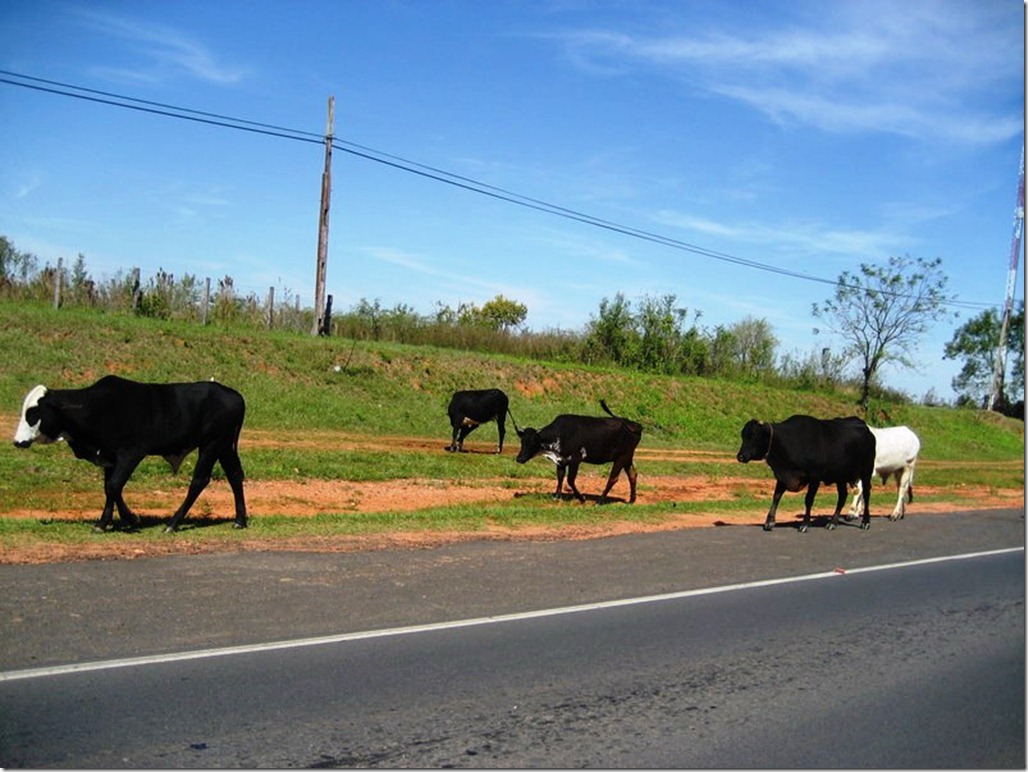
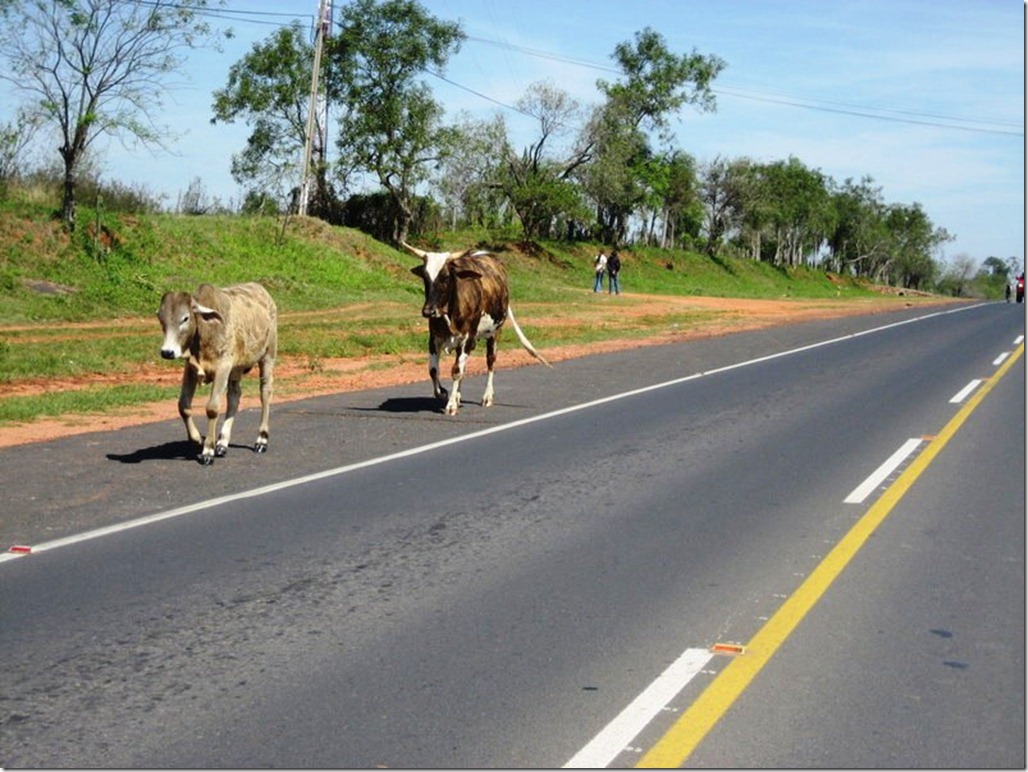
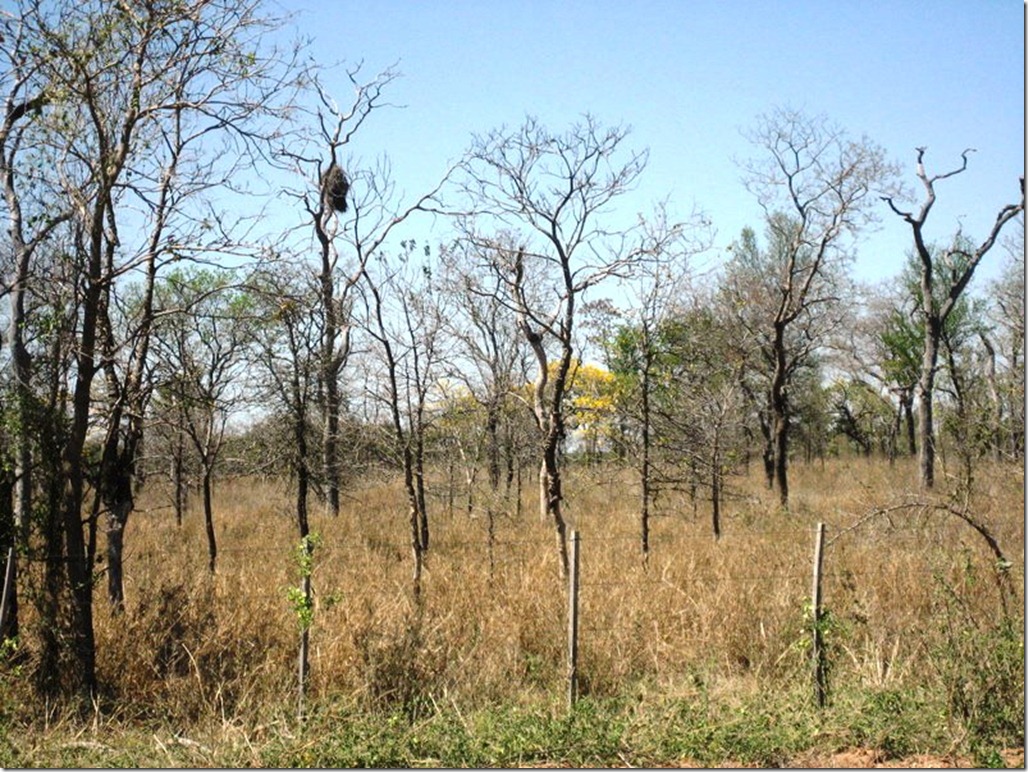
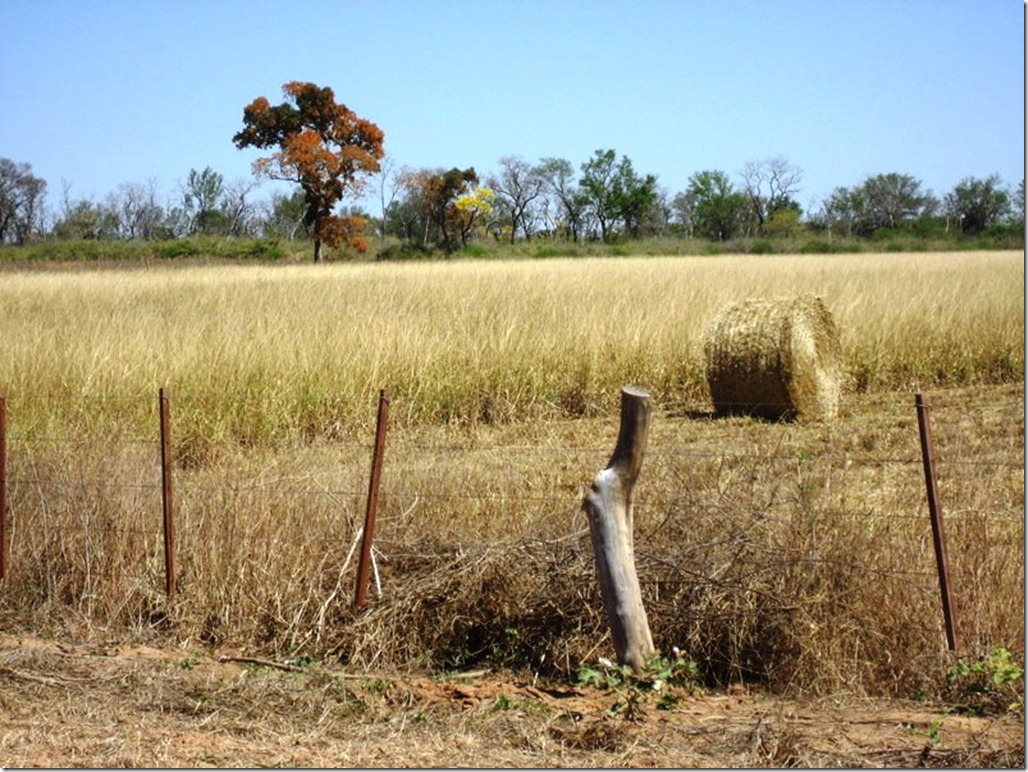
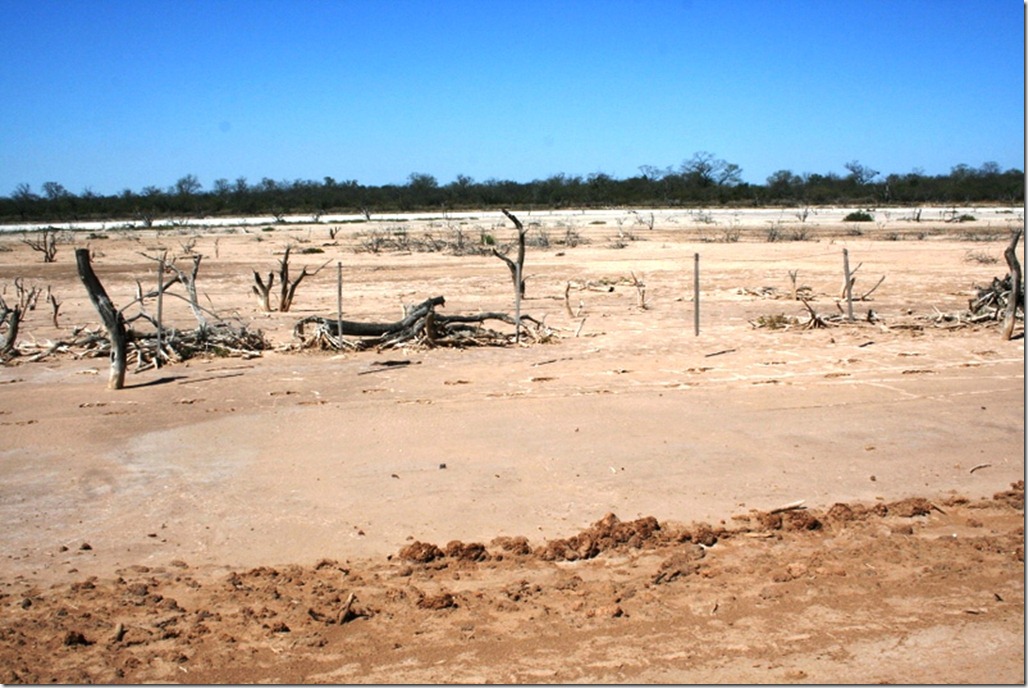
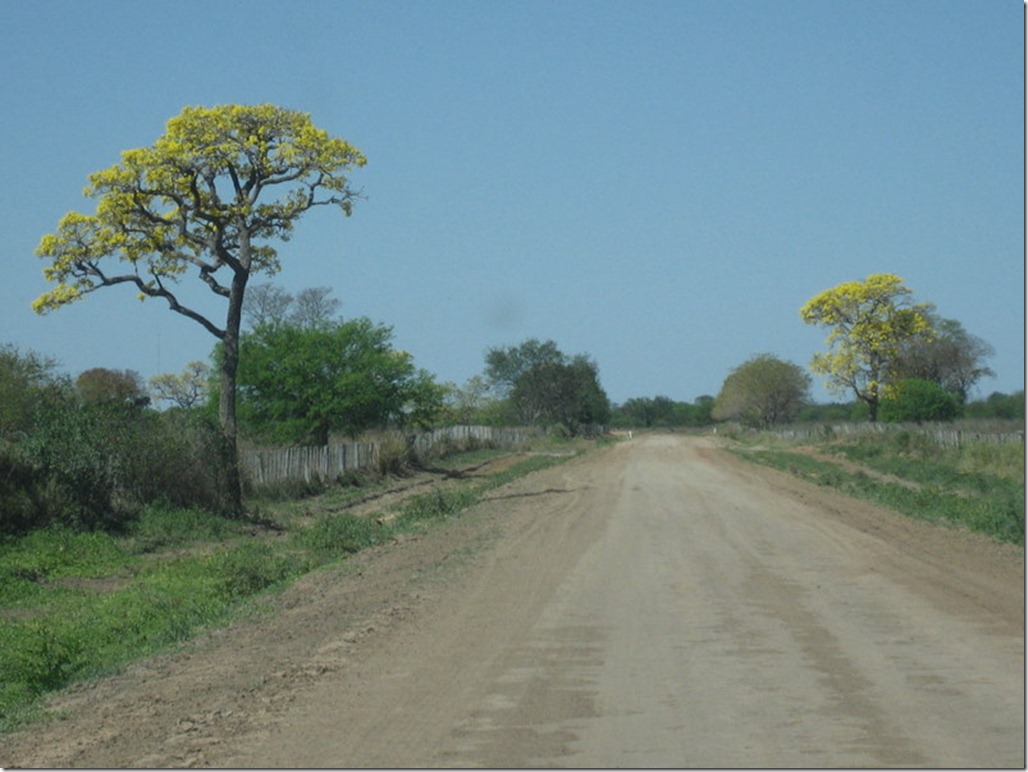
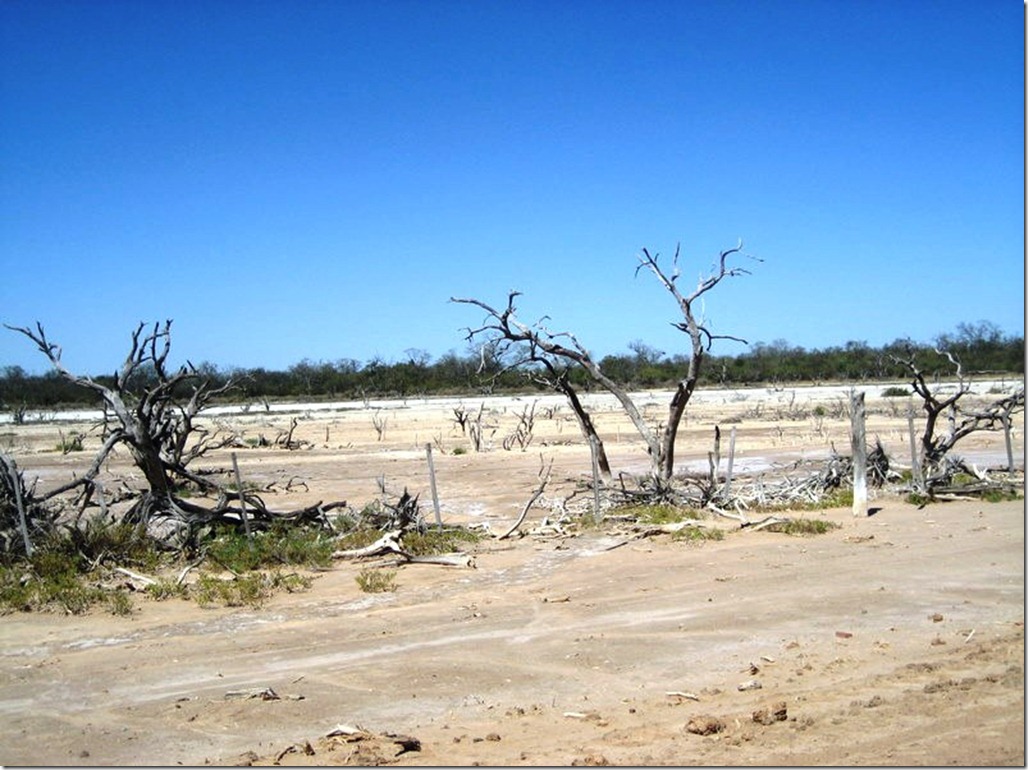
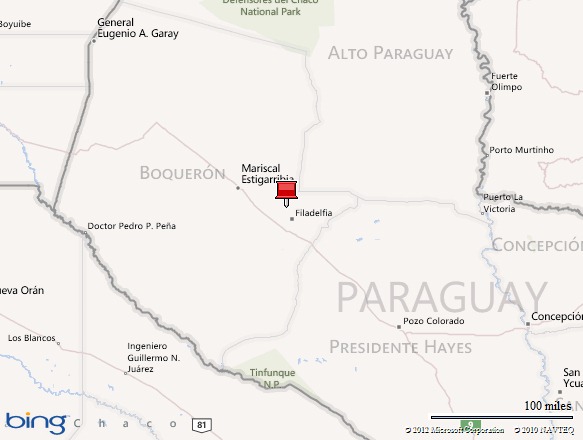

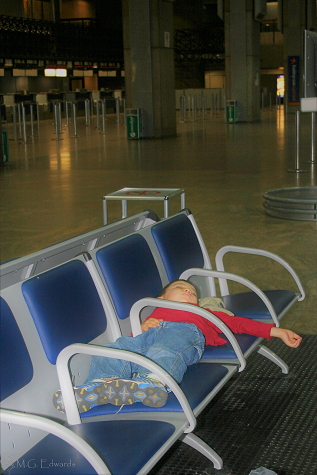
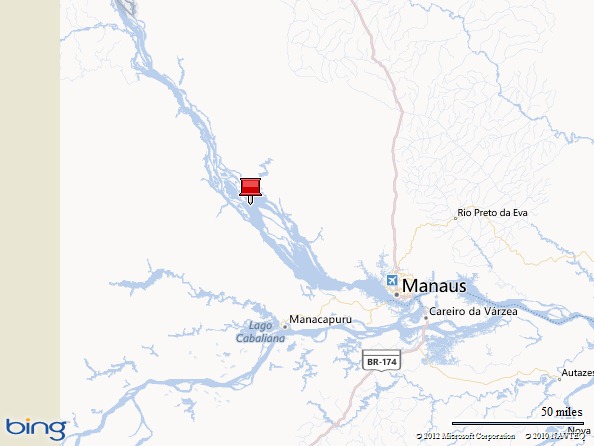

It’s amazing to see how other people live and work and survive in this world – I’m so glad you are willing to give us a glimpse into life beyond our own short horizons… 🙂
It’s so true! Next week I’ll publish a post about the indigenous who live in the same area. Their lives couldn’t be more different than their neighbors, the Mennonites. It’s such a fascinating place.
If you go that way again, consider asking around about the Ayoreo people. It is likely that some of the “wildfires” you saw near cattle grazing land were actually the result of illegal clearing of area that belongs, or should belong, to the Ayoreo people–a subgroup of whom, the Ayoreo-Totobiegosode are some of the last uncontacted tribal people outside the Amazon. Many of the ranches in the Chaco are owned by wealthy Brazilians or by large corporations such as Carlos Casado (Owned in turn by Grupo de San Jose in Spain) and have been encroaching illegally on indigenous land for years…..
Thanks for your comment, Karin. The area where I saw the wildfires was home to Guarani indigenous groups. If I recall, the Ayoreo people live in the far north closer to the Brazilian border. The Ayoreo-Totobiegosode may be uncontacted, but I’m sure that they’ve seen the adverse affects of ranching and deforestation in the Chaco. Most of Paraguay’s land has been claimed as private property except for communities set aside for the indigenous, national parks, and national forests. The Chaco is such a vast place that little is really known what happens there, including illegal activities and encroachment. I don’t doubt that traditional lands belonging to the Ayoreo and other groups there have diminished or disappeared altogether.
Pretty cool, Mike. Looks a bit desolate. And it does have a certain weird resemblance to the Wild, Wild West – cowboys and stuff. The cattle and rancheros are unmistakably Mexican though.
It is a strange world, and yet, it does look like other places, eh? I’ve been told that it looks like Texas, but I’ll have to take their word for it because I’ve never been to Texas! Paraguay is in the same latitude (desert belt) as Texas and Mexico on the other side of the world. Zambia is too.
My bad, meant to say, “Latin American”, not “Mexican.” It’s Paraguay, of course.
[…] my series on Paraguay’s western region focused on Filadelfia, the area’s largest town, and the rural Chaco. The final post will highlight the local indigenous […]
The next part of the tour is a stay at the Chaco Lodge, about 50 kilometers east of Cruce de los Pioneros. The lodge is located at the end of a bumpy road next to two huge lagoons, Flamingo Lagoon and Lost Bog. The Flamingo Lagoon is full of, of course, flamingos. During certain seasons the flamingos create a pink, squaking carpet that covers the lagoon. Along the shores of the lagoon there is a thick mud that is imprinted with the footprints of the visiting birds and animals. I have seen tapir lying in the mud, apparently it offers them comfort from the heat and bugs. The Lost Bog is a freshwater lagoon that attracts a wide variety of animals. Whistling ducks, hawks, and the jabiru stork, the largest in the world, are typical bird species. Animals like alligators, capybara, gray foxes, wild boars and several different species of deer are also prevalent. The Chaco’s flat geography, wide-open lagoons and sporadic vegetation makes it easy to spot wildlife. In heavily vegetated areas, like the Amazon, the animals are hidden behind trees or blend into their dense surroundings. In the Chaco, one can see a stork or running rhea from yards a way.
[…] they face. The first post focused on Filadelfia, the area’s largest town, the second on the rural Chaco, and the third on the Mennonites. Unlike my other travelogues that emphasize tourism, this one […]